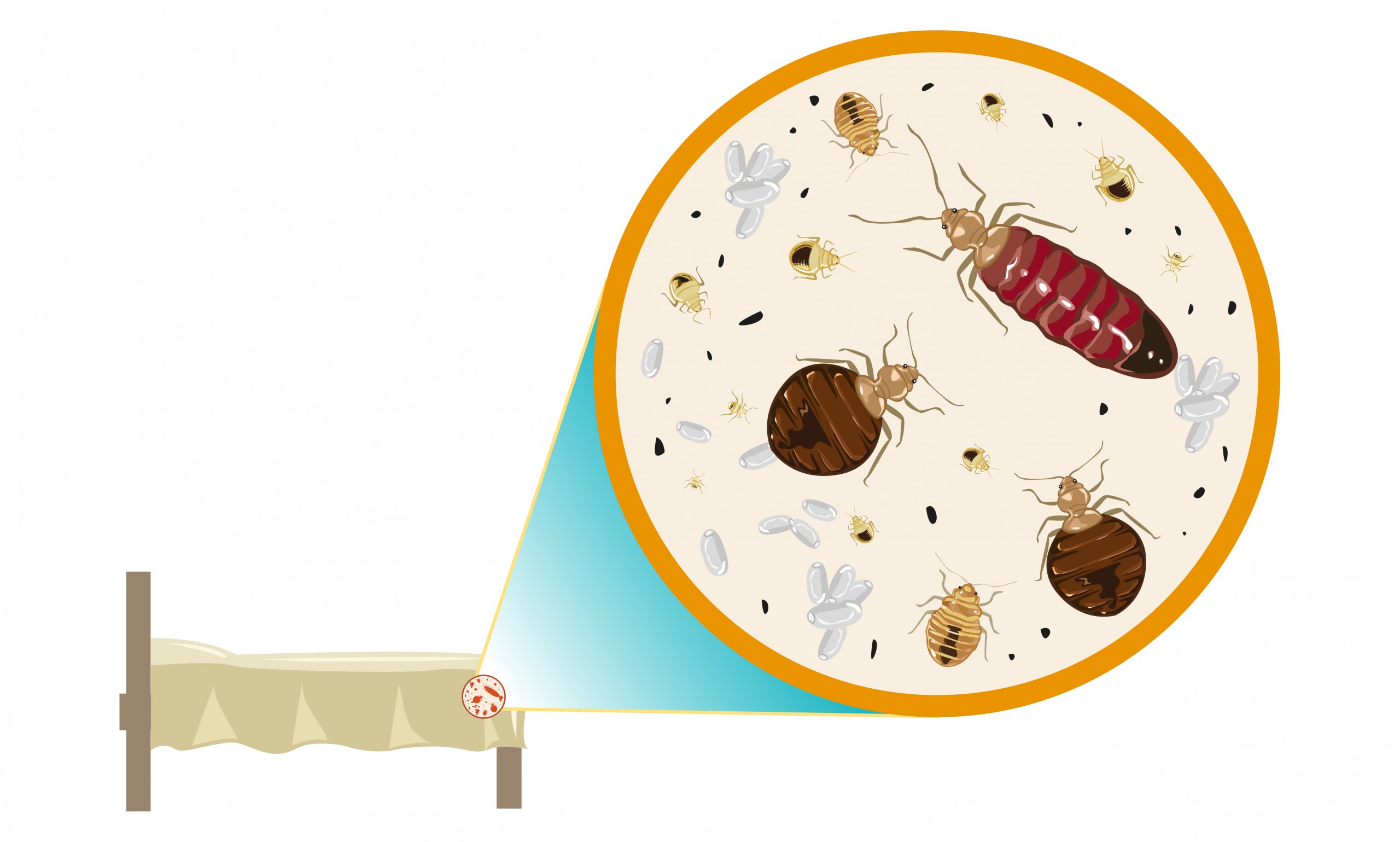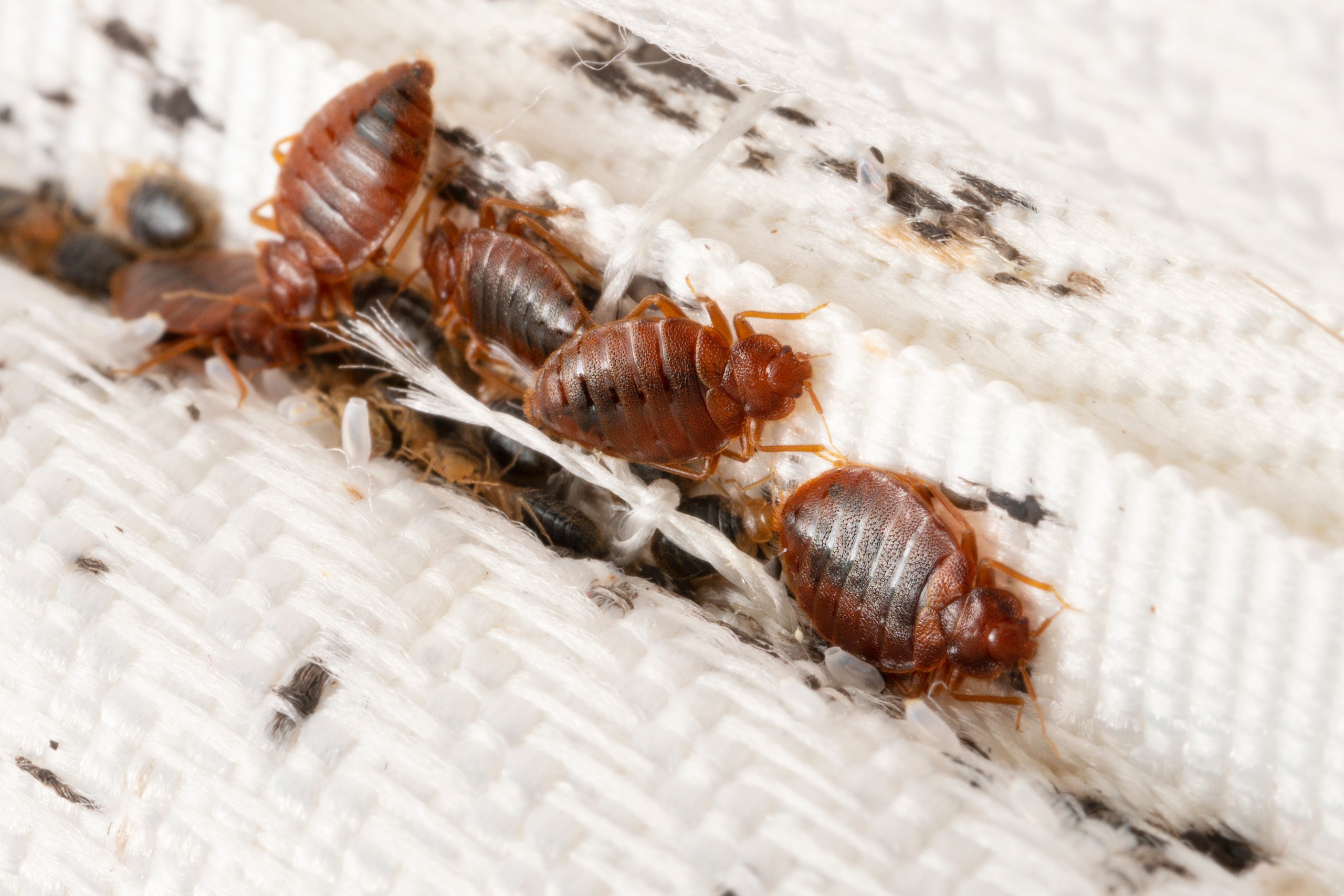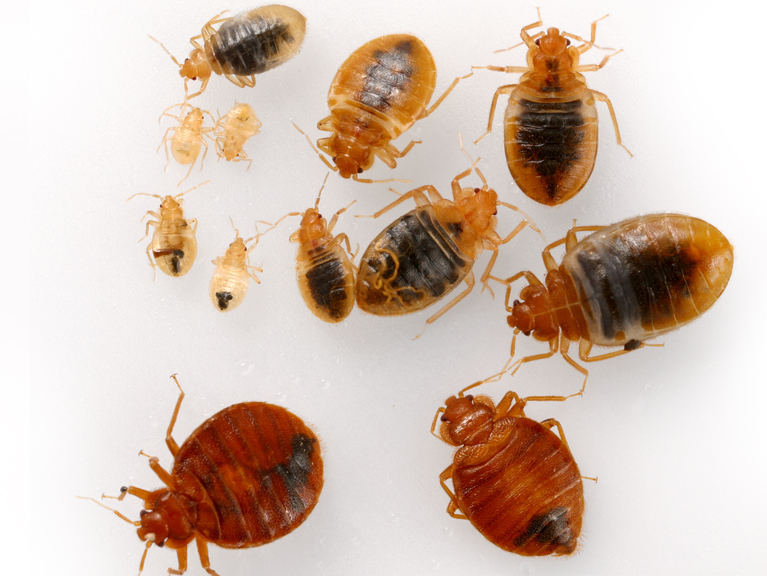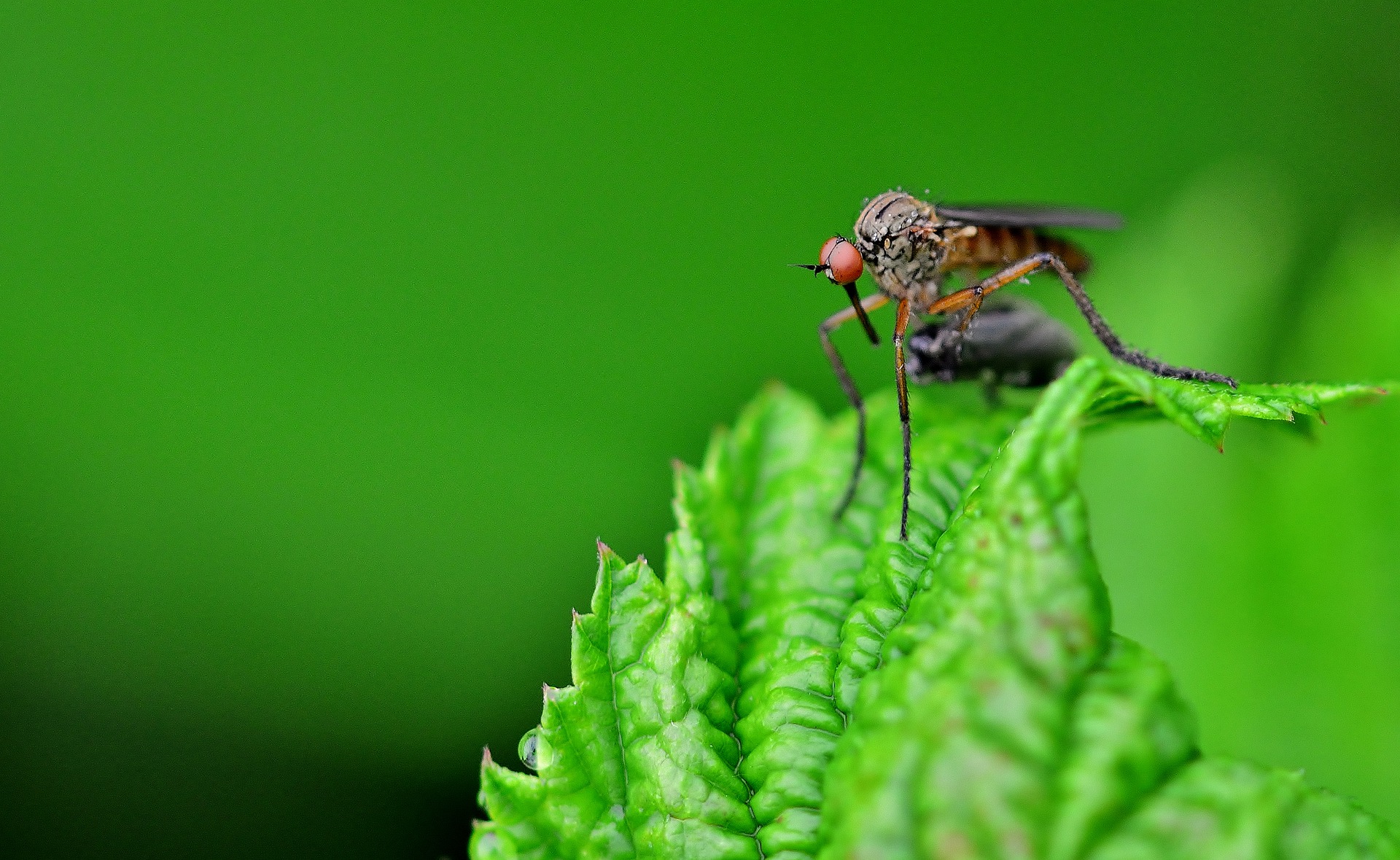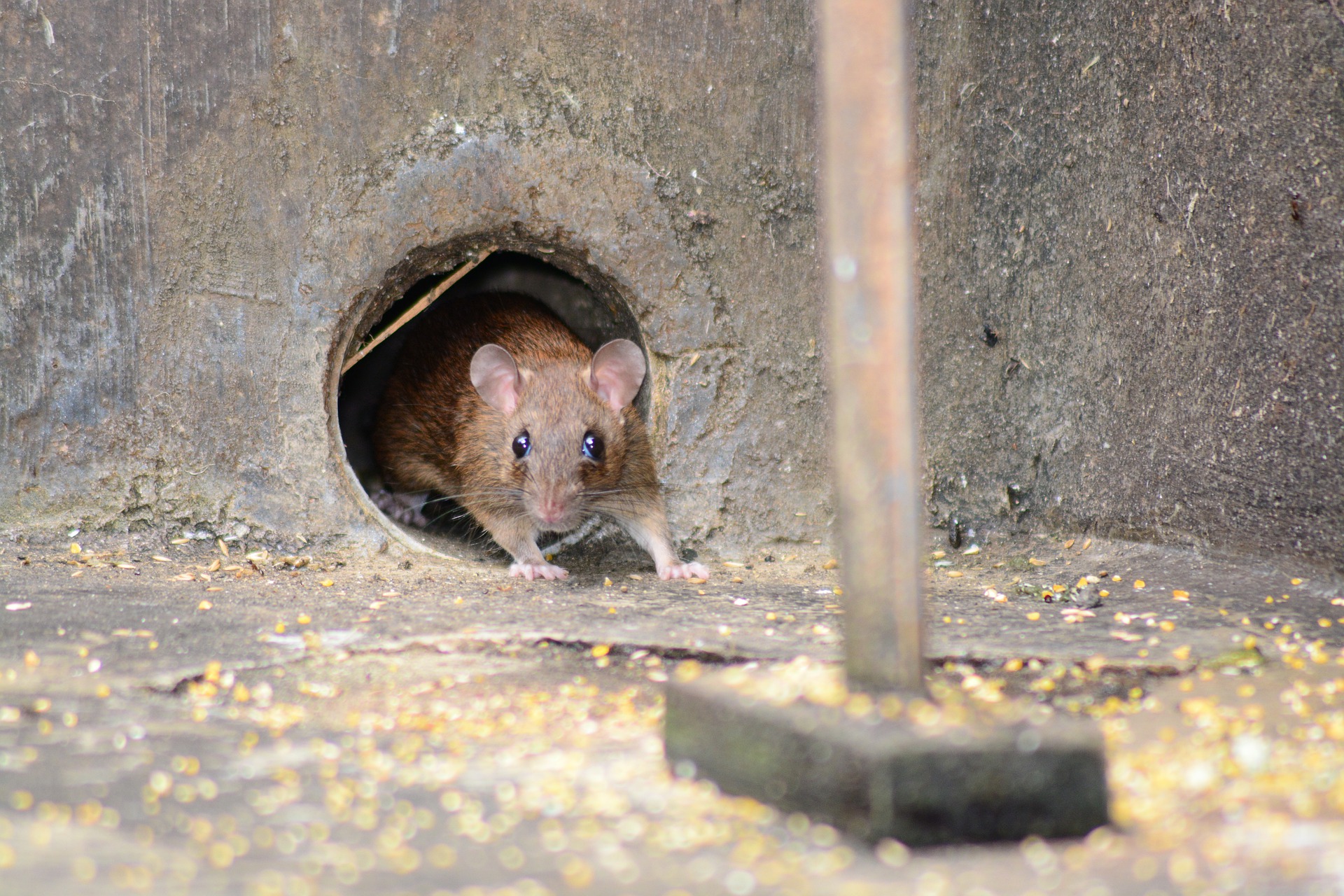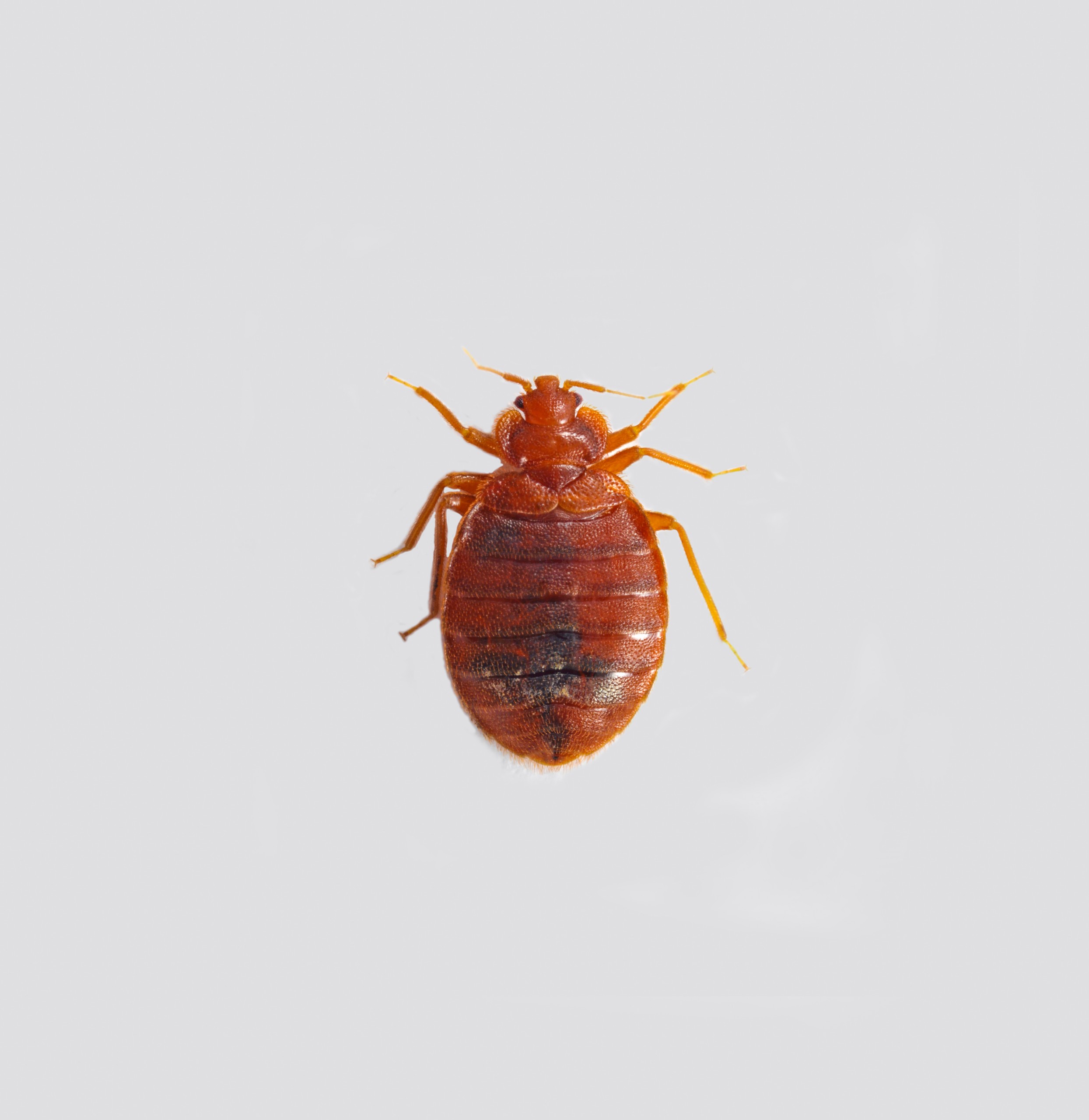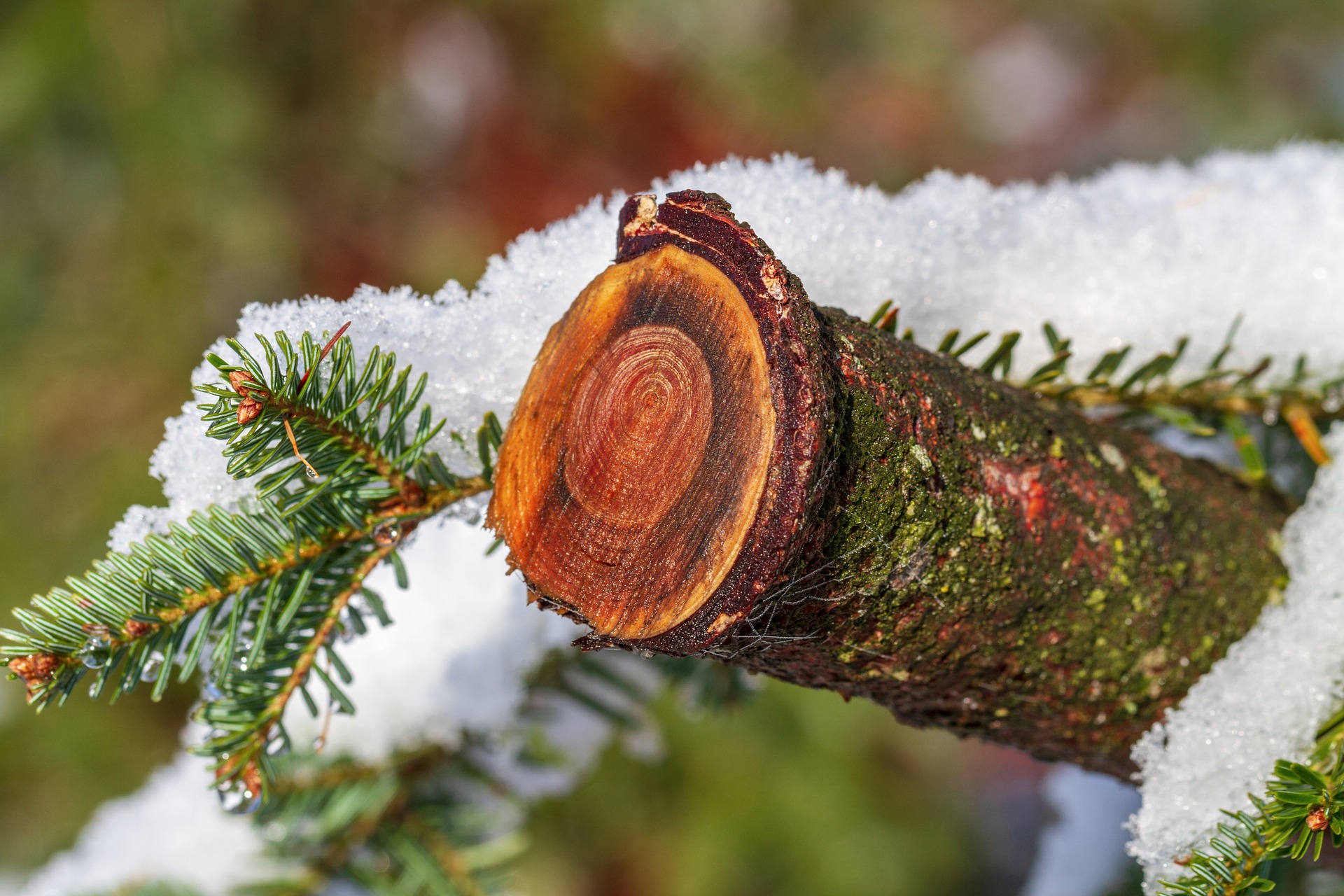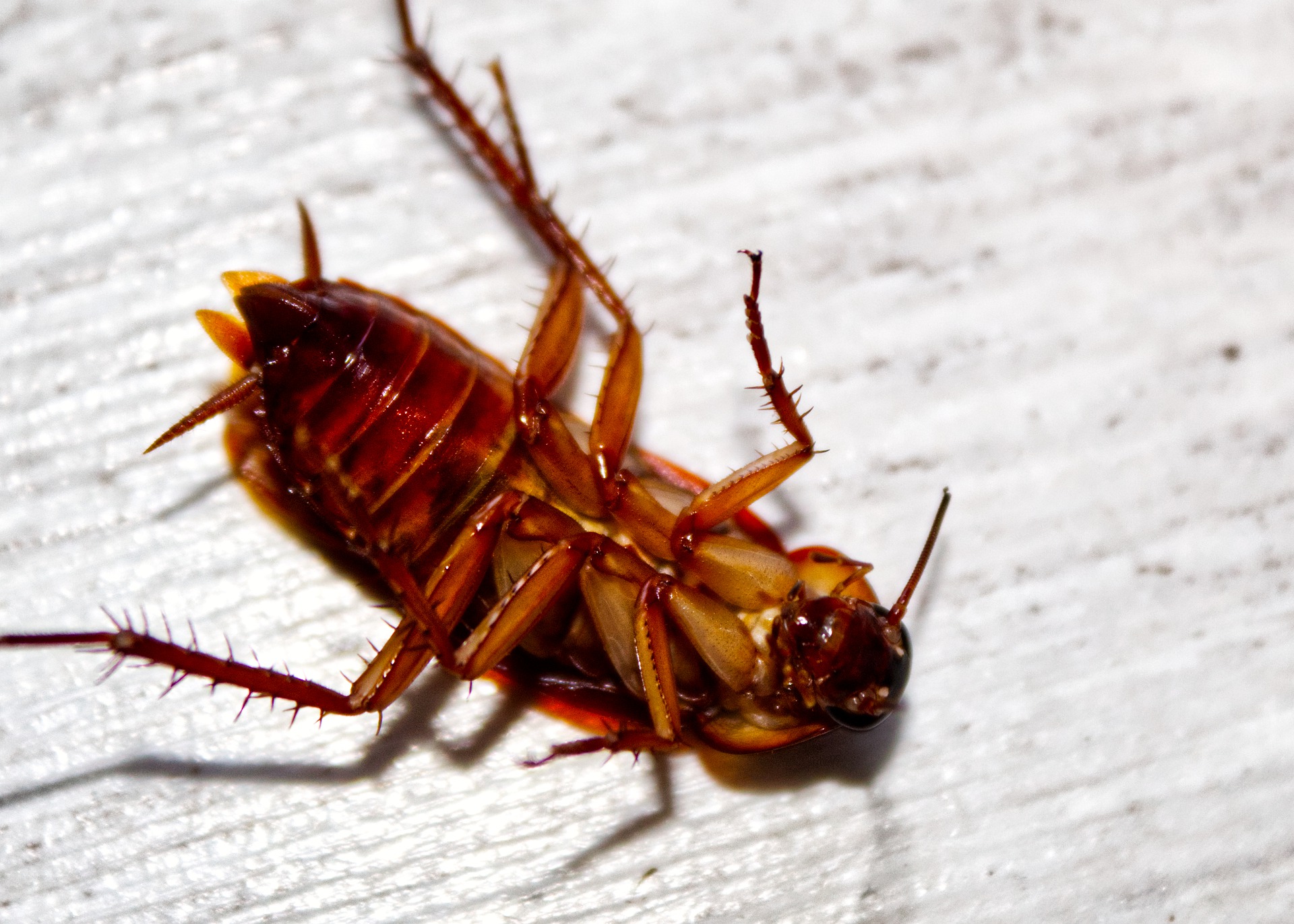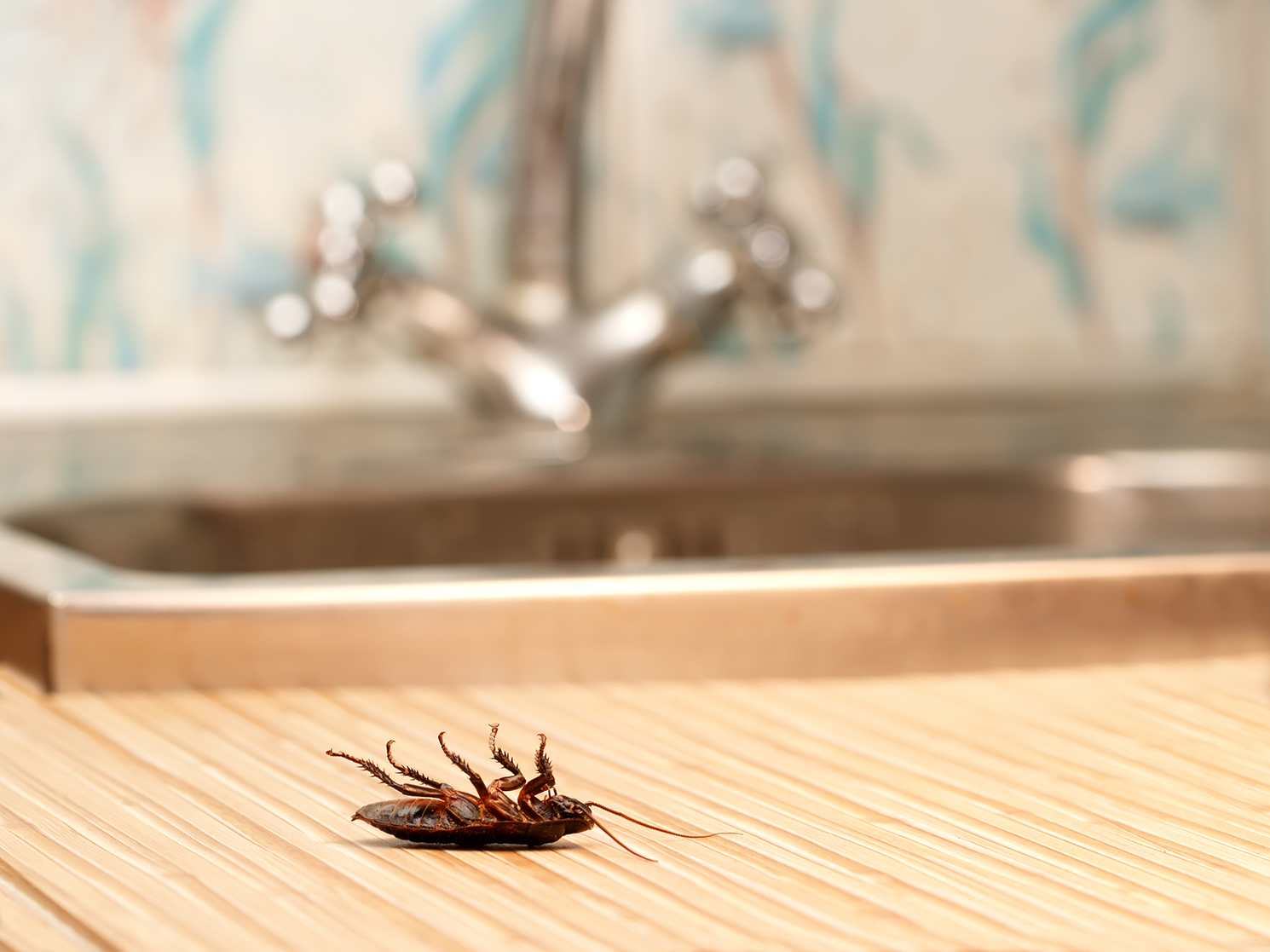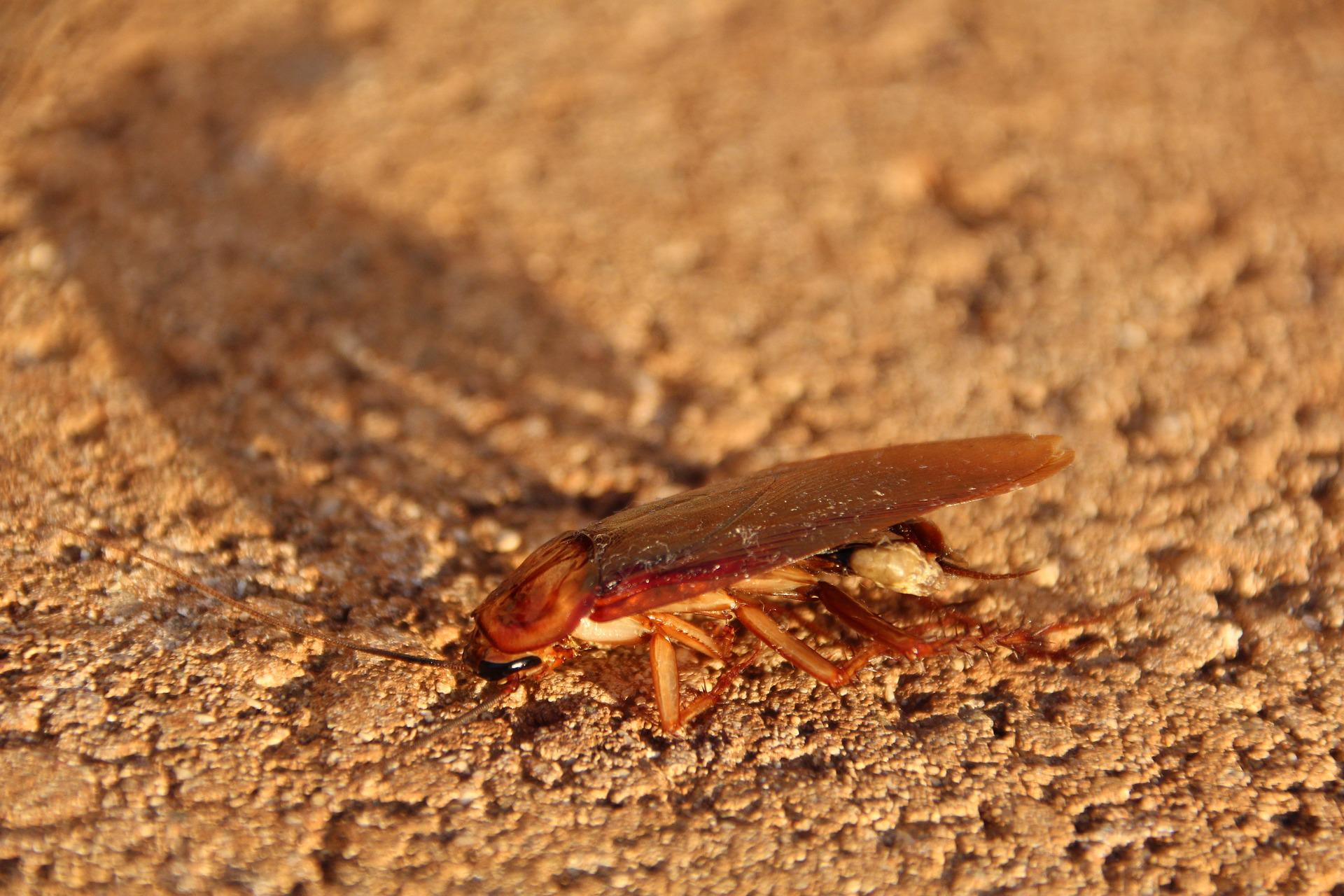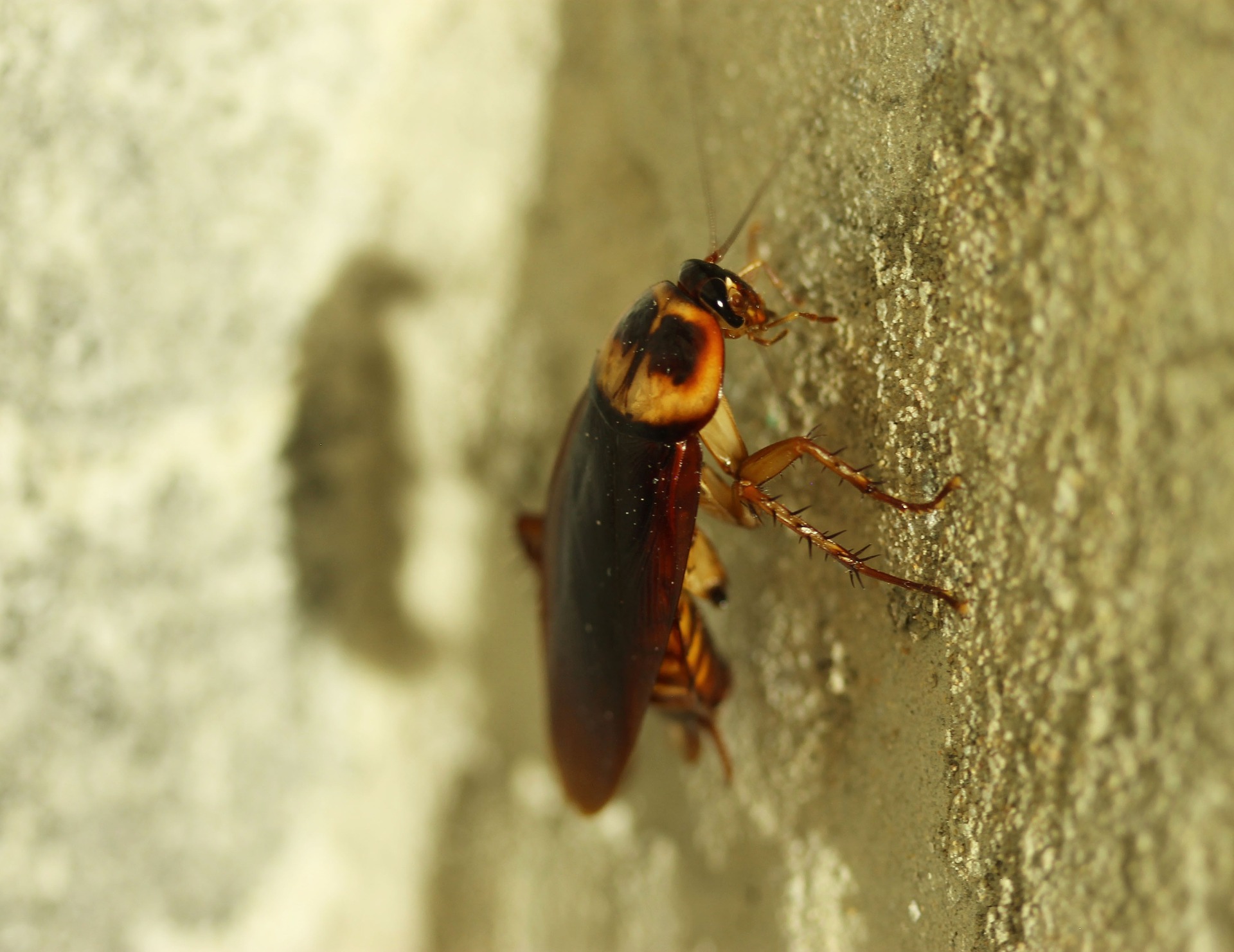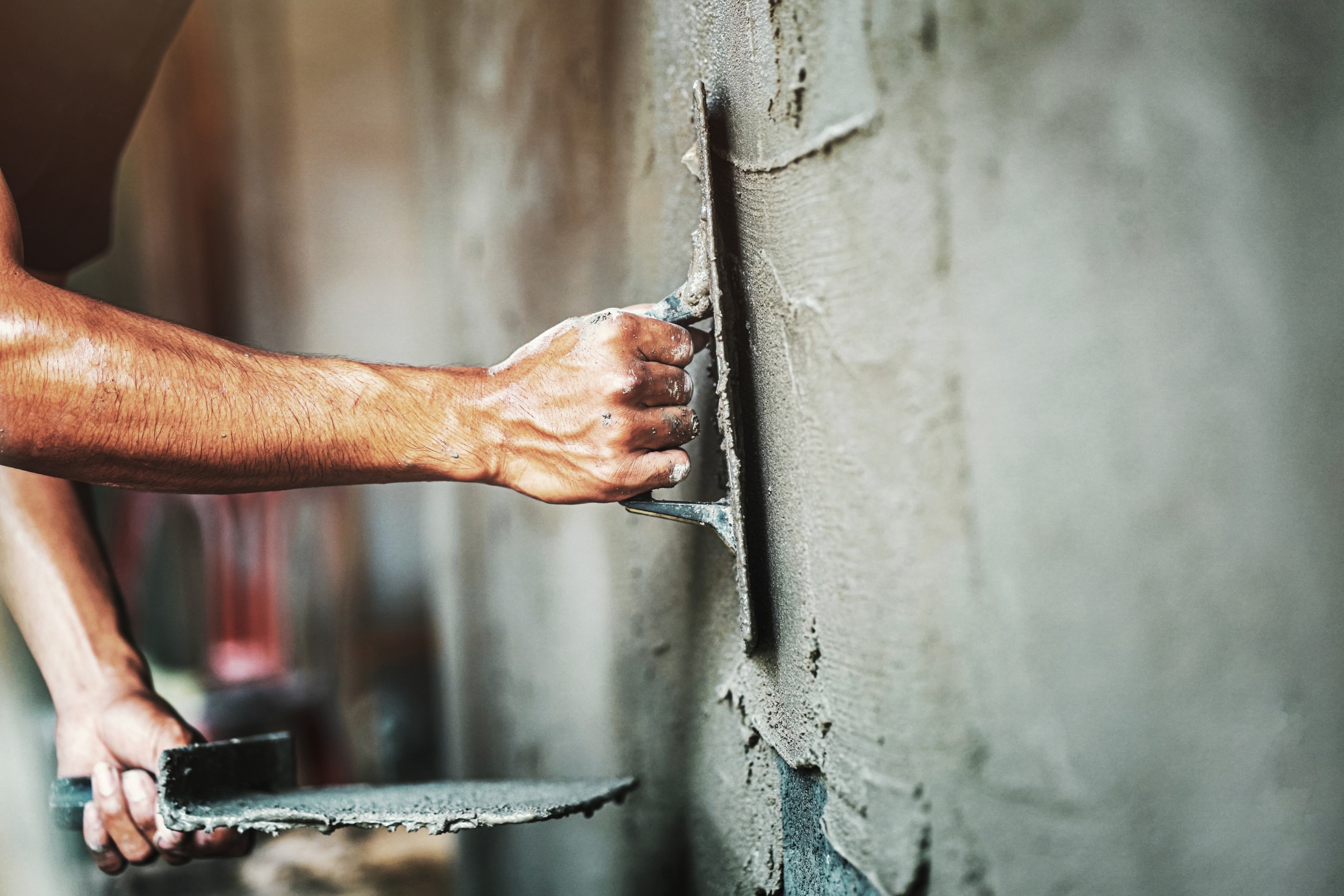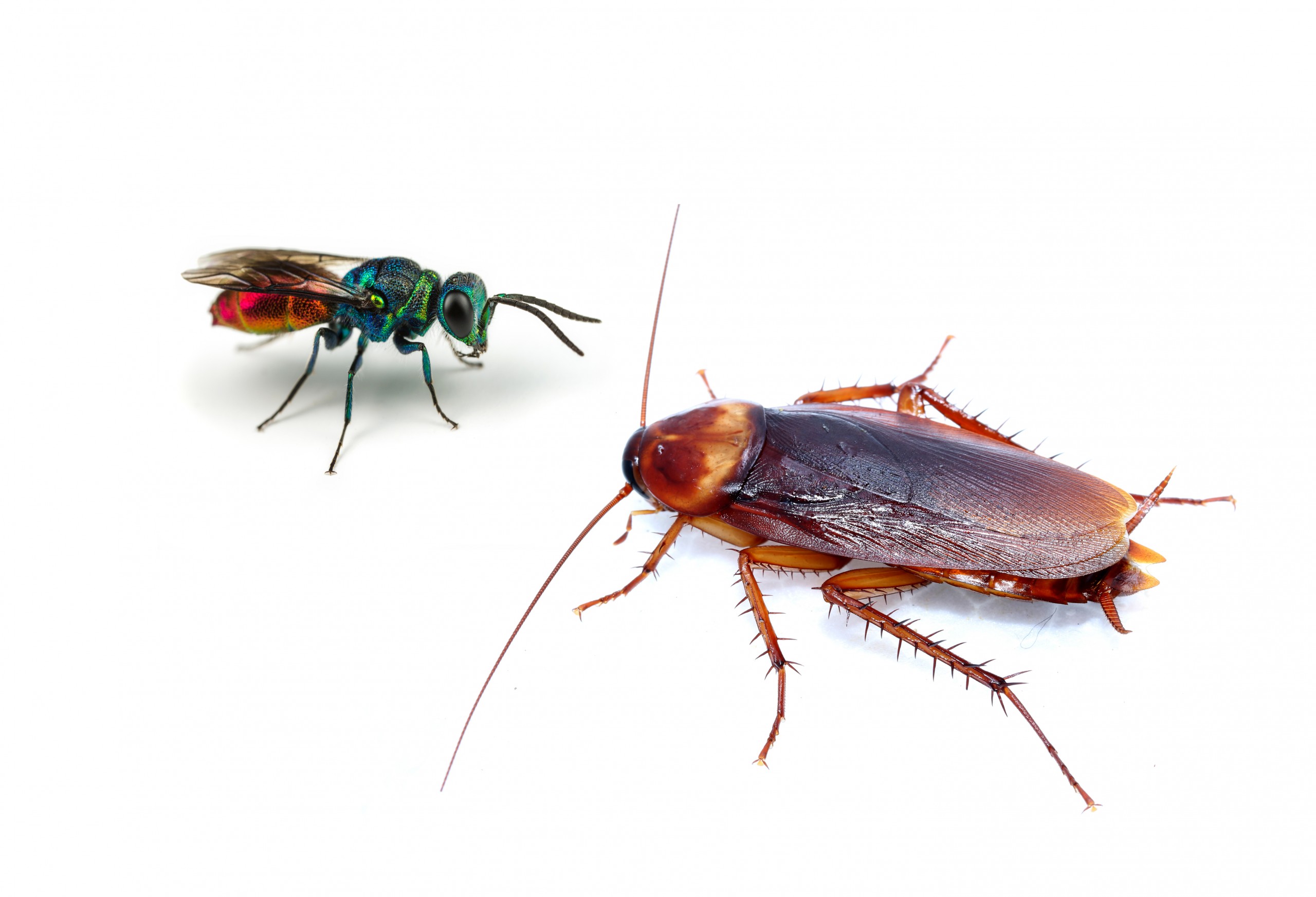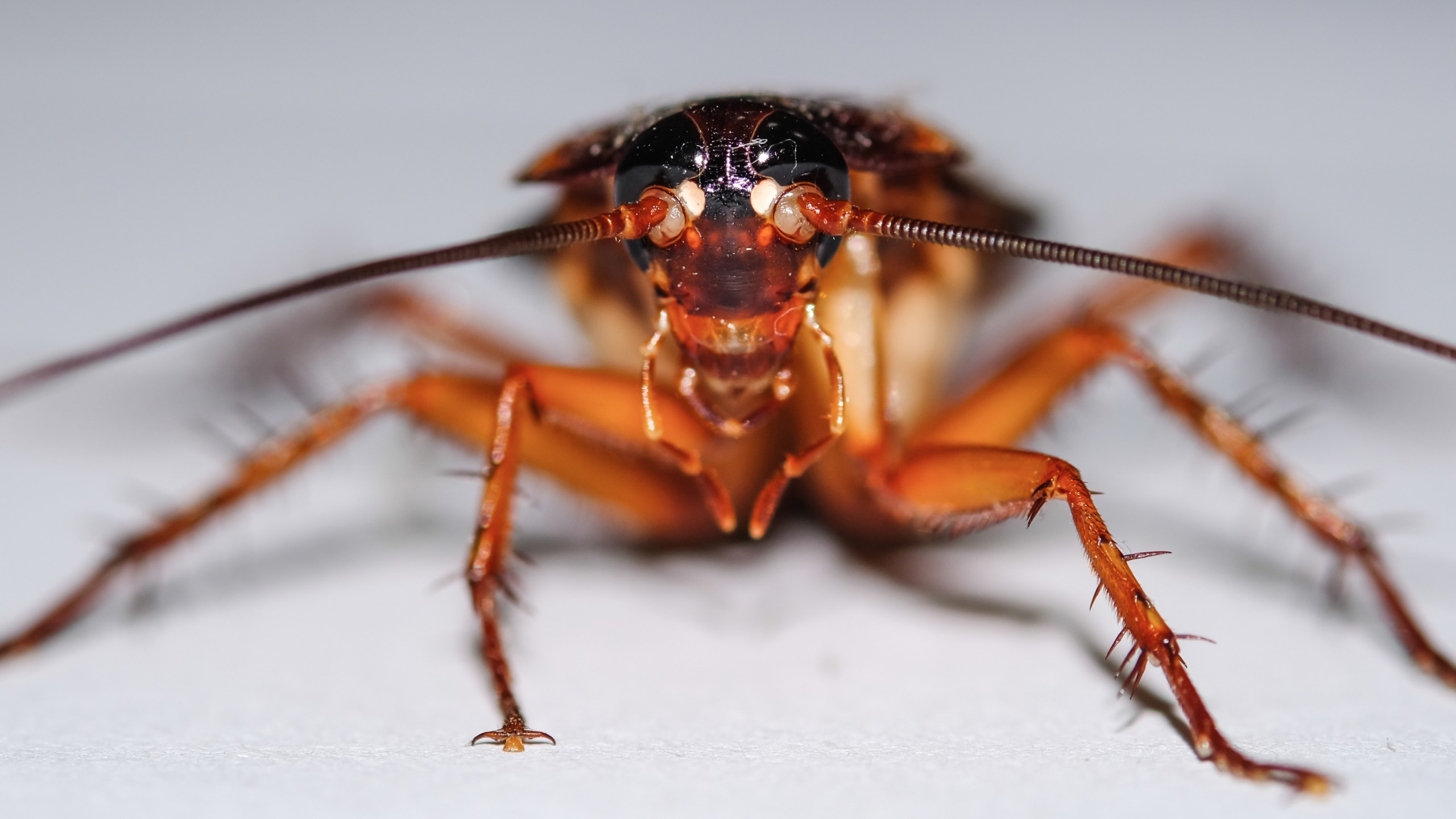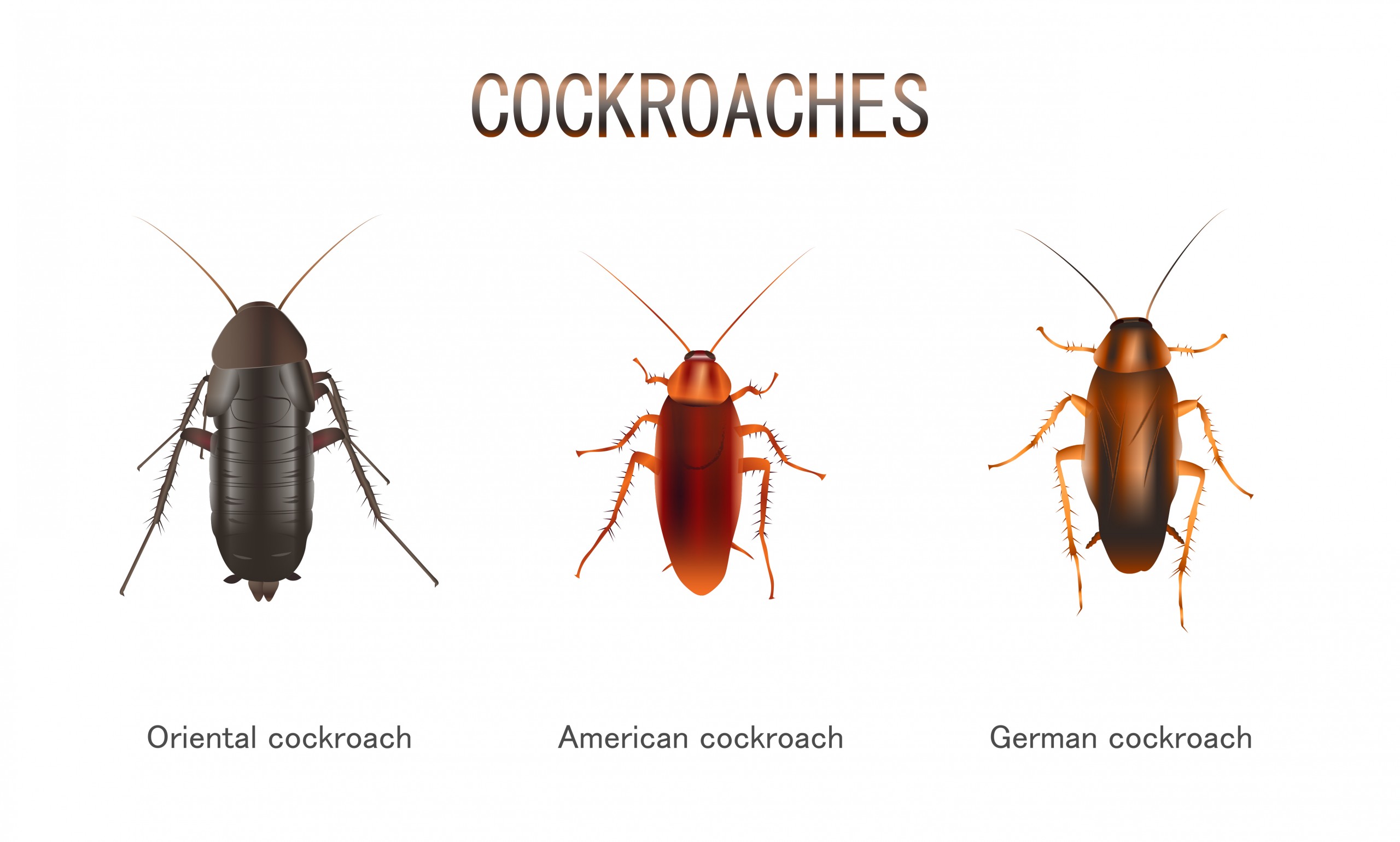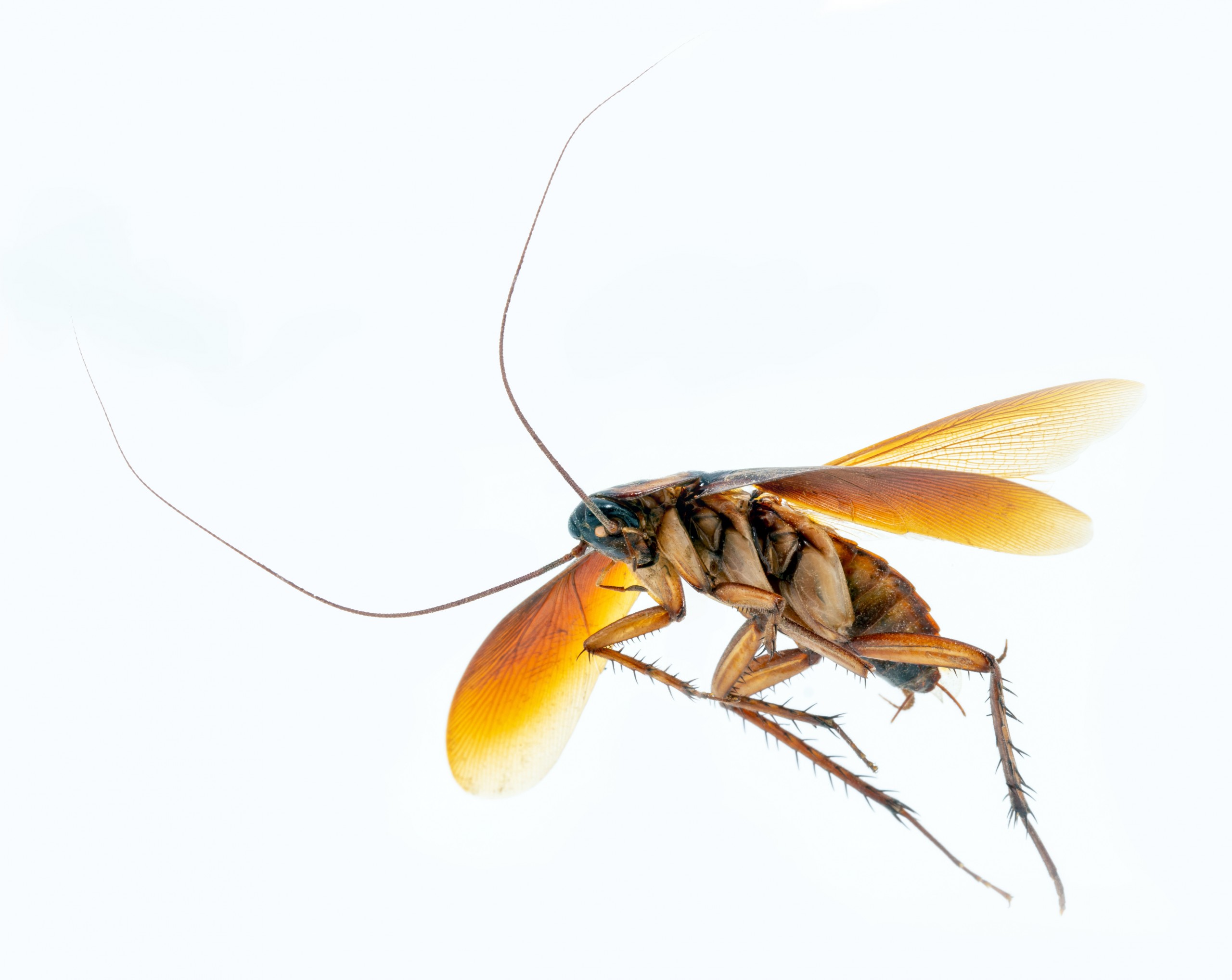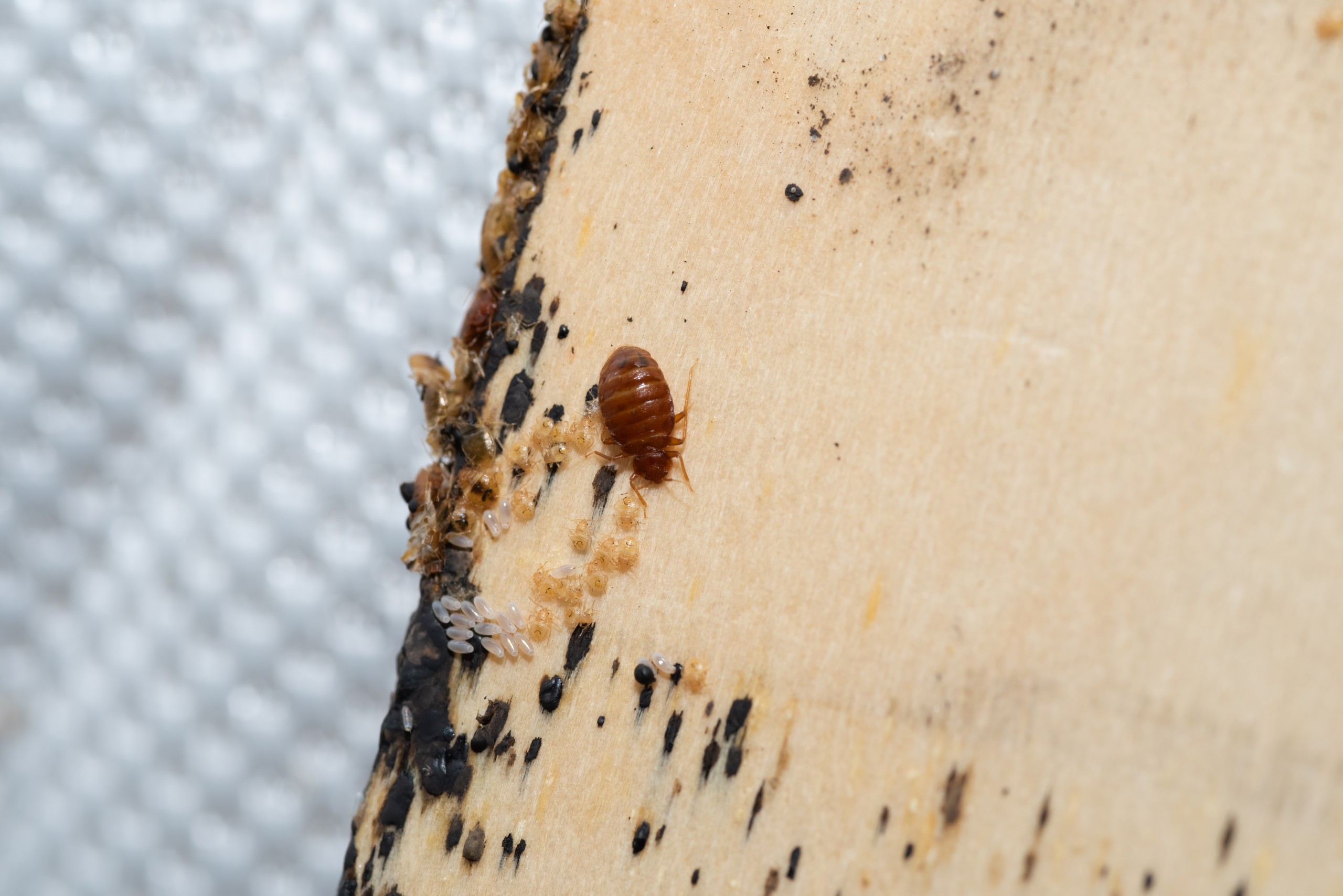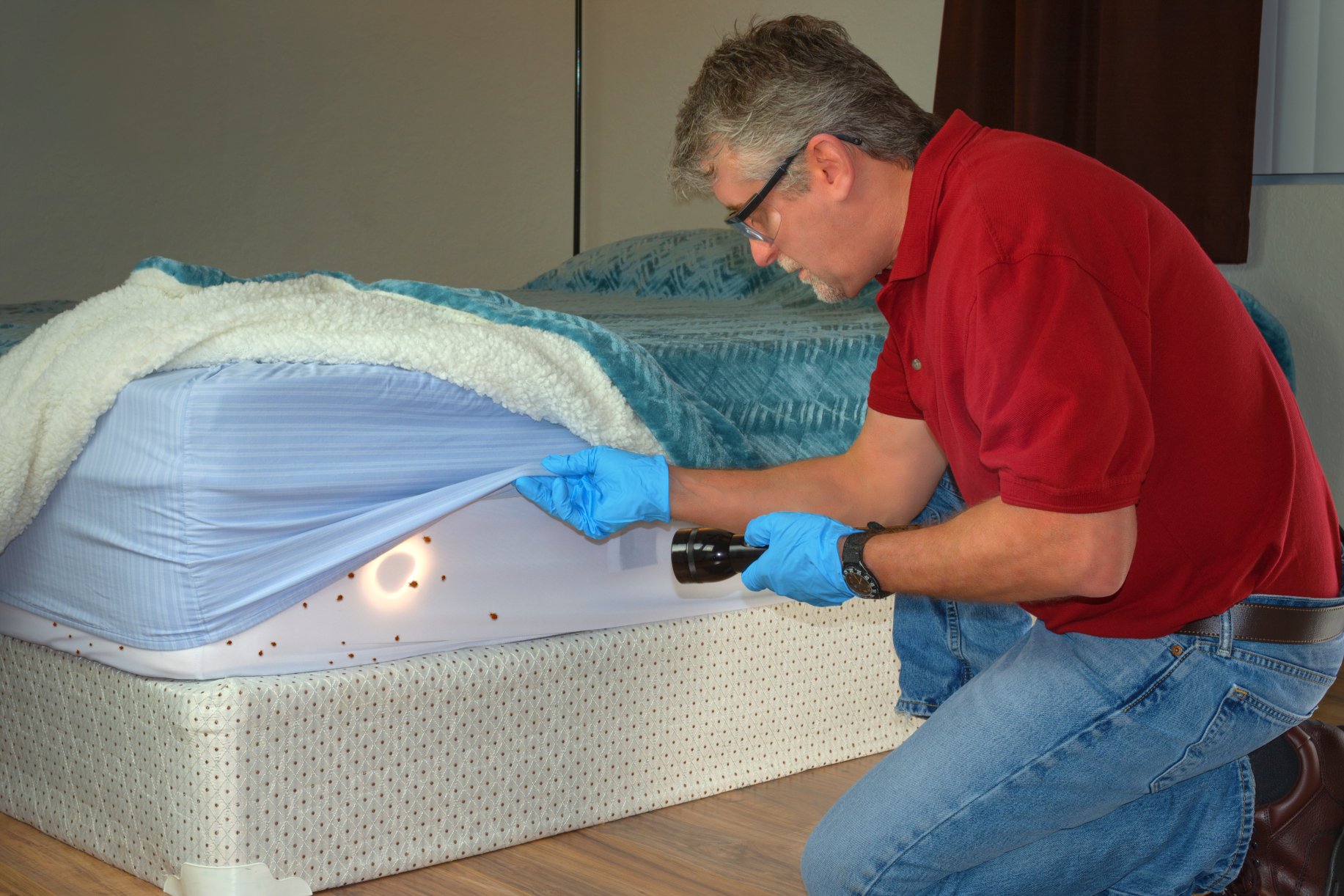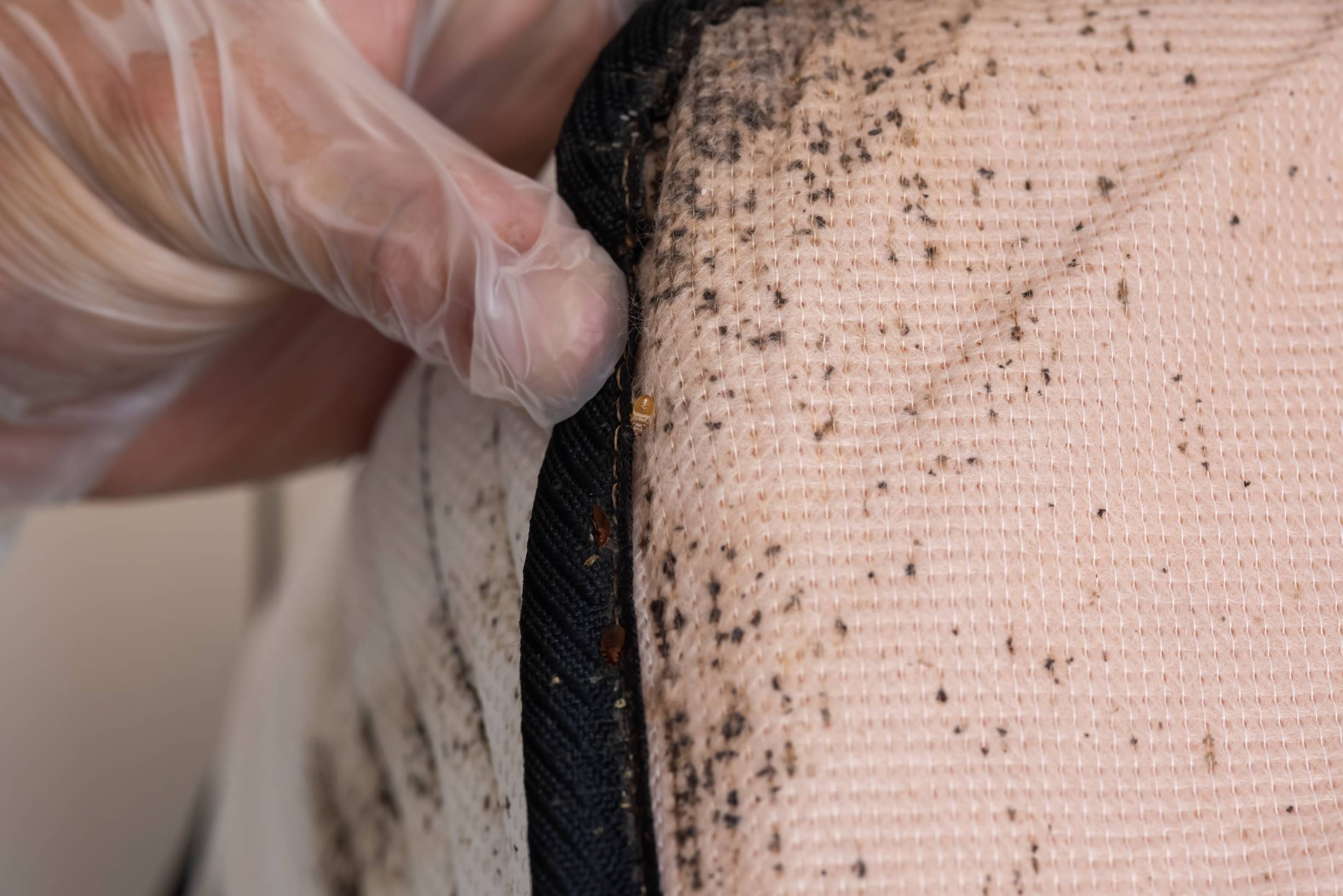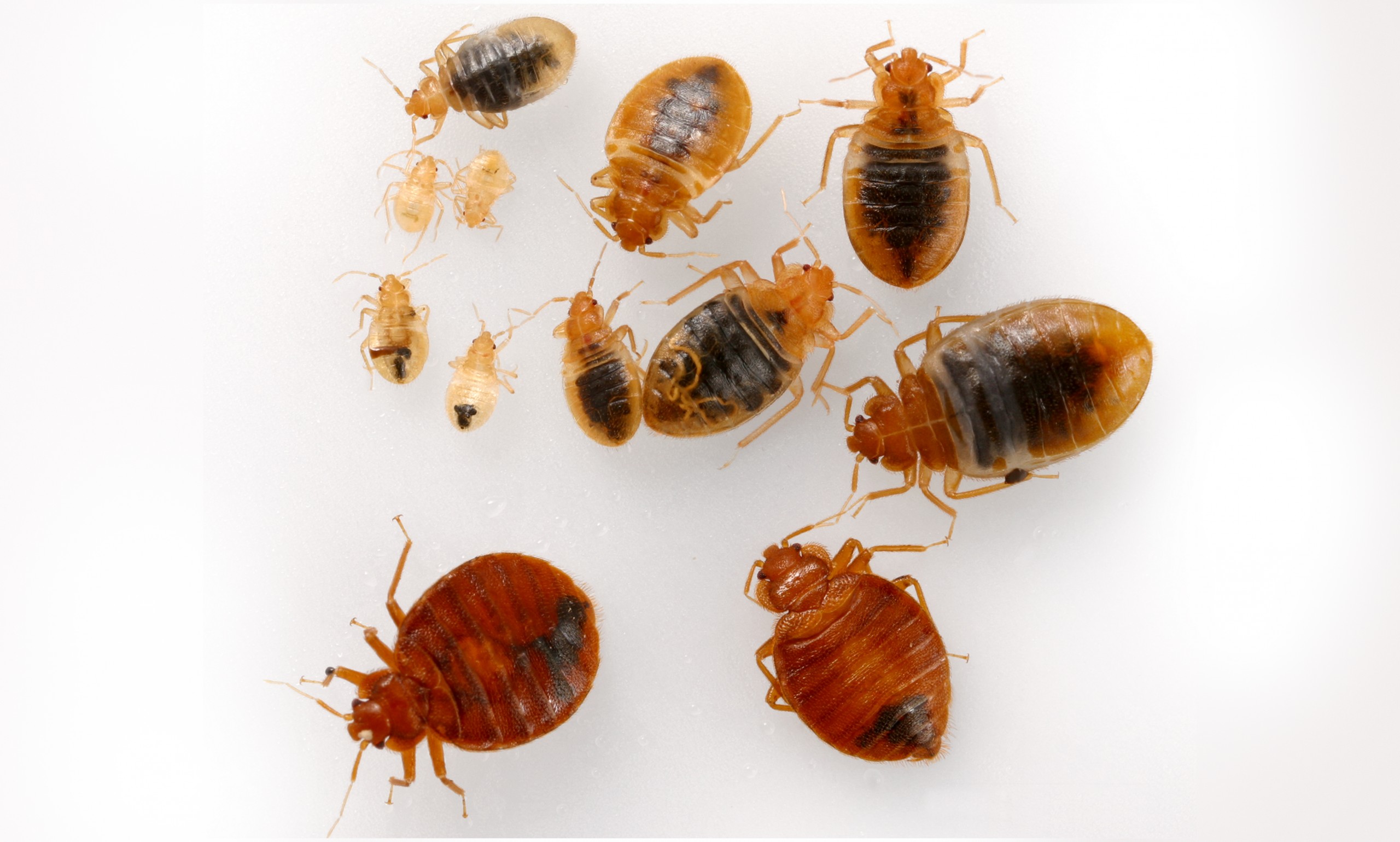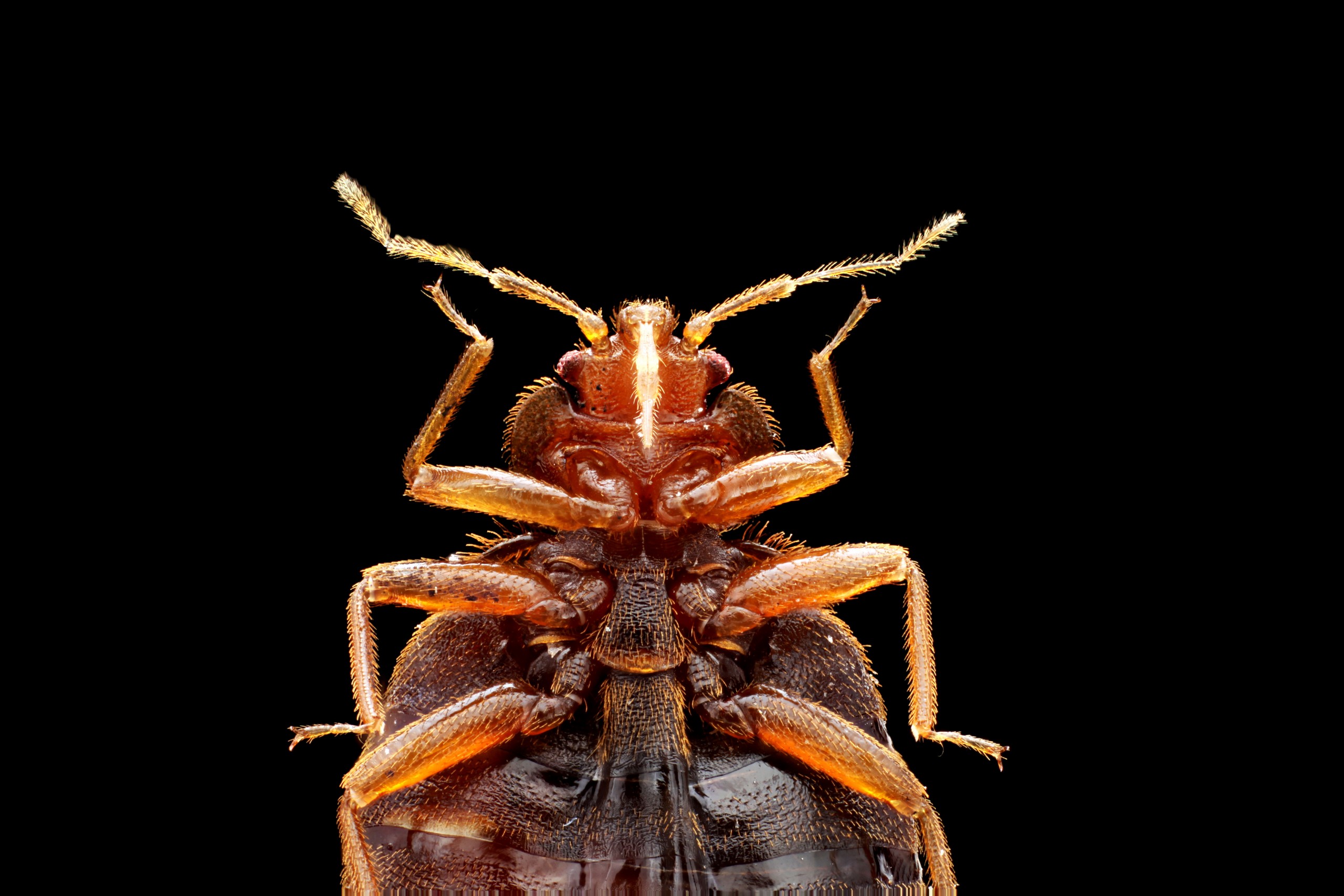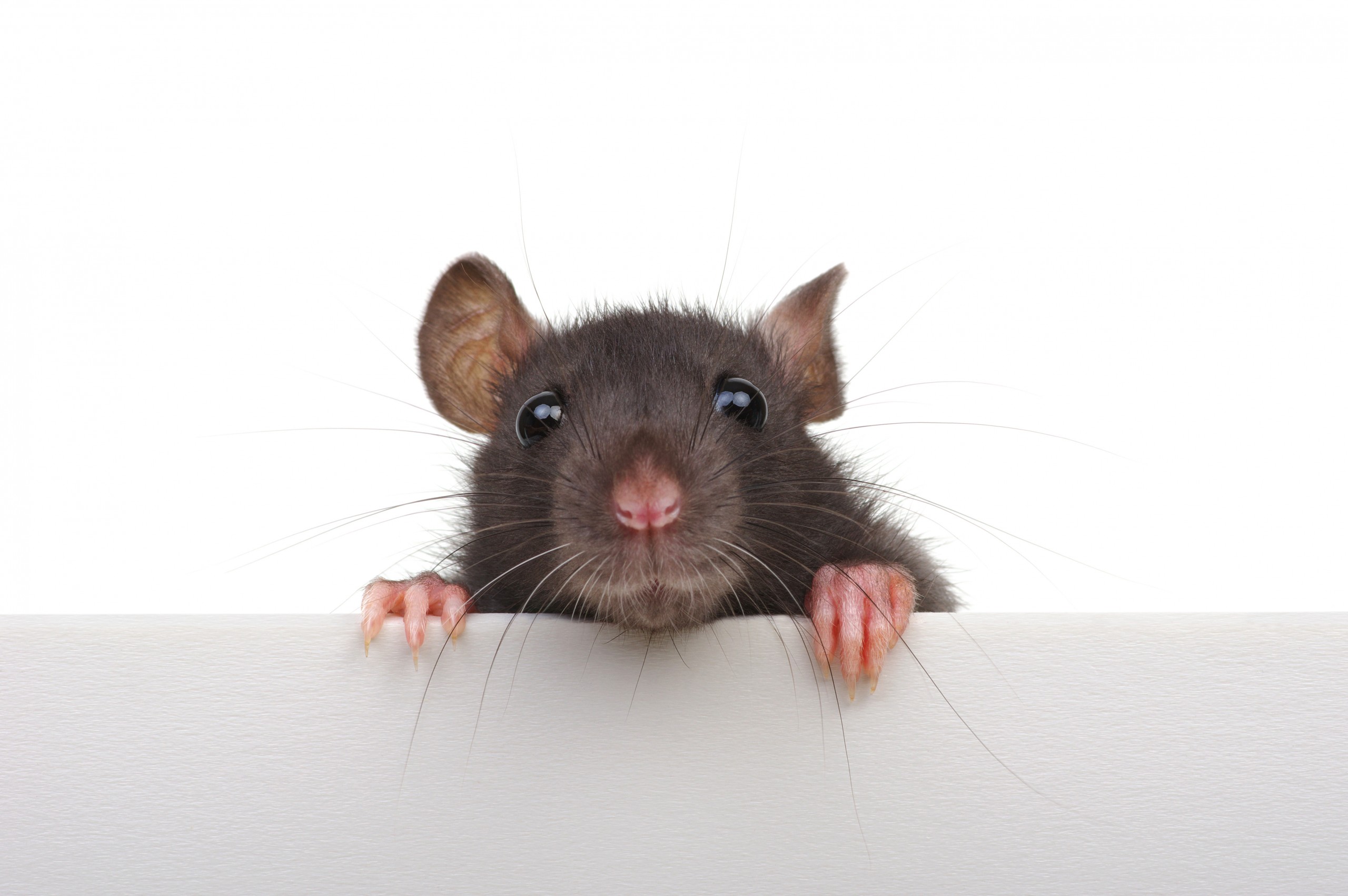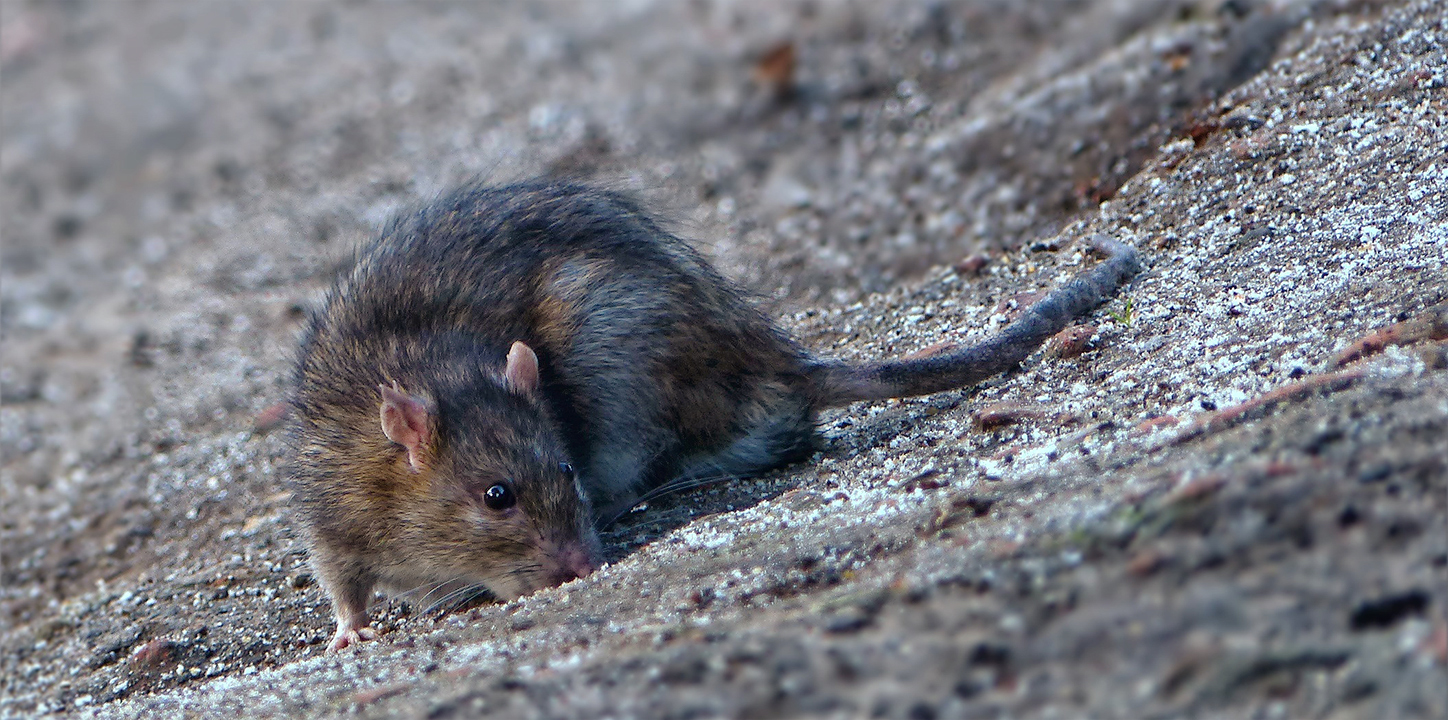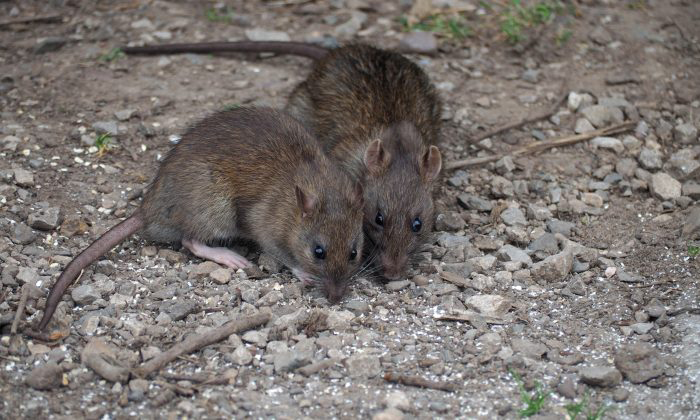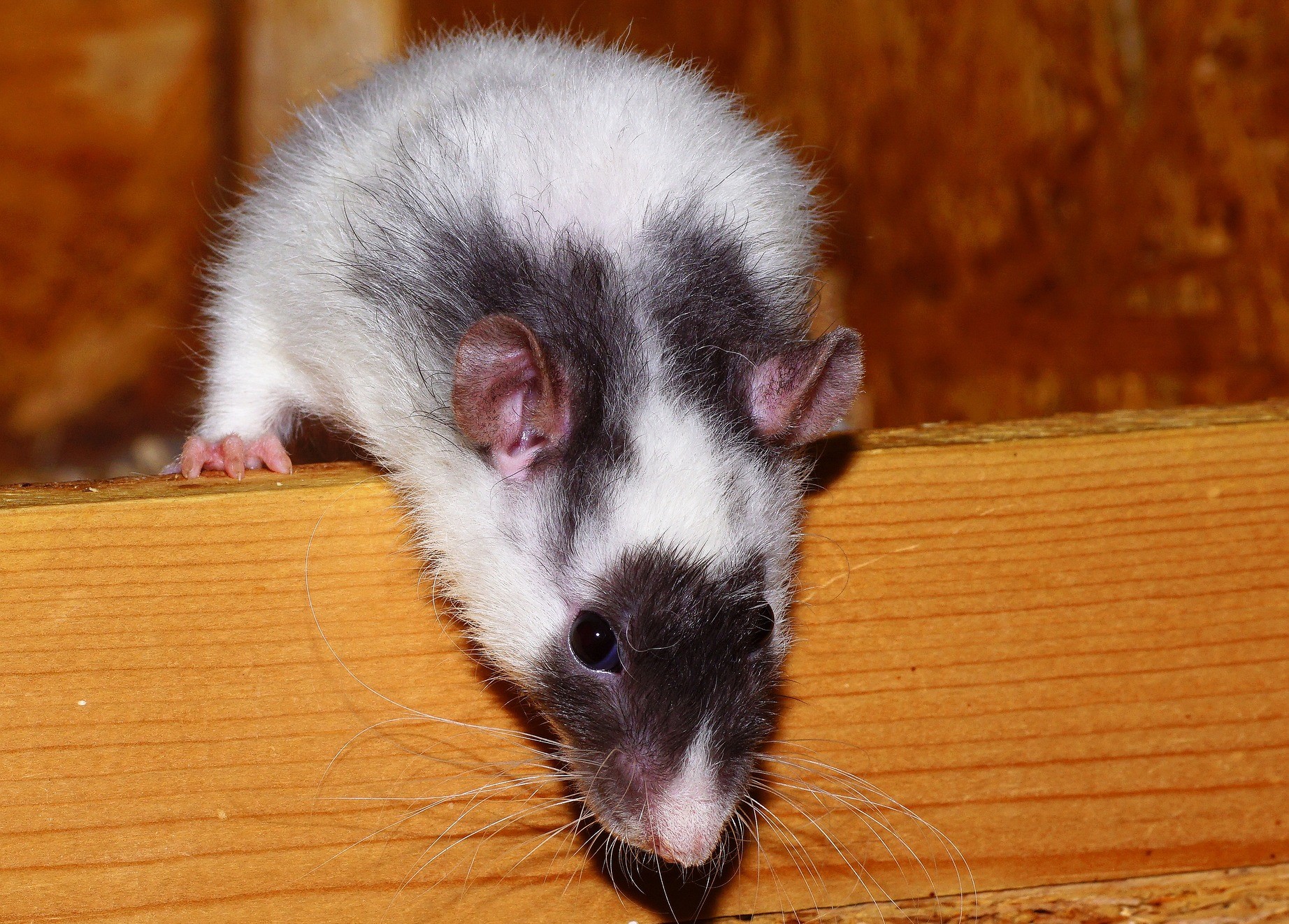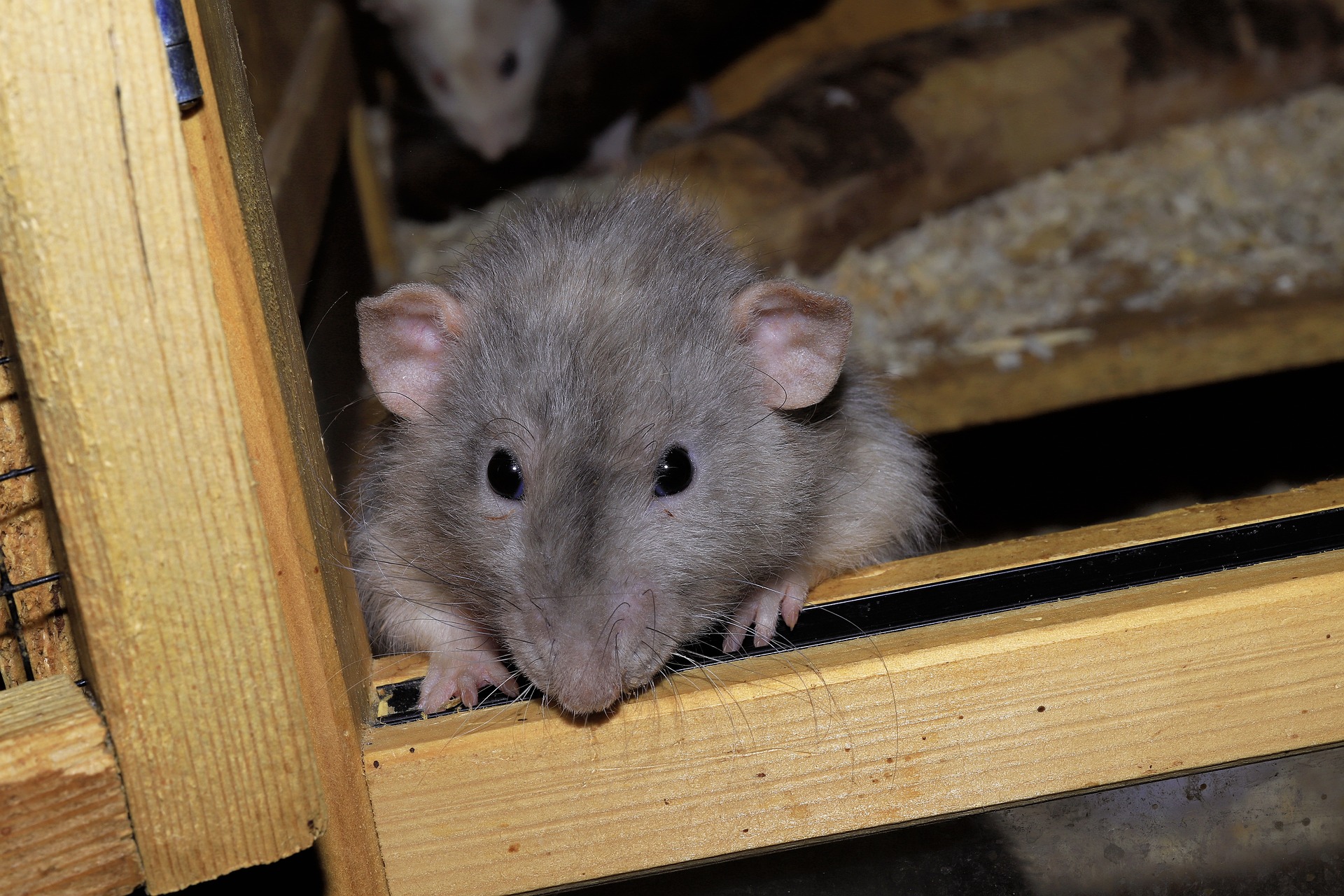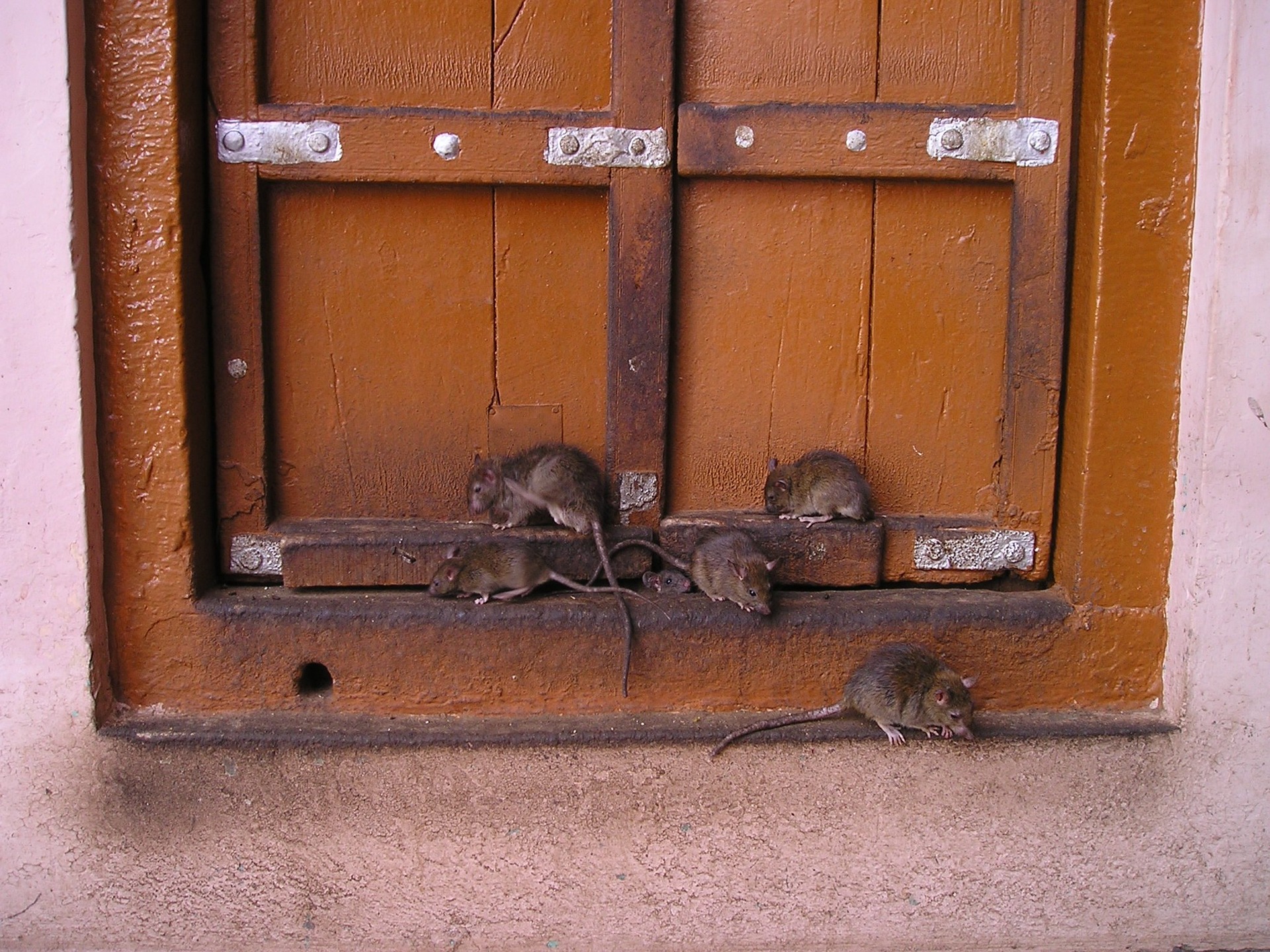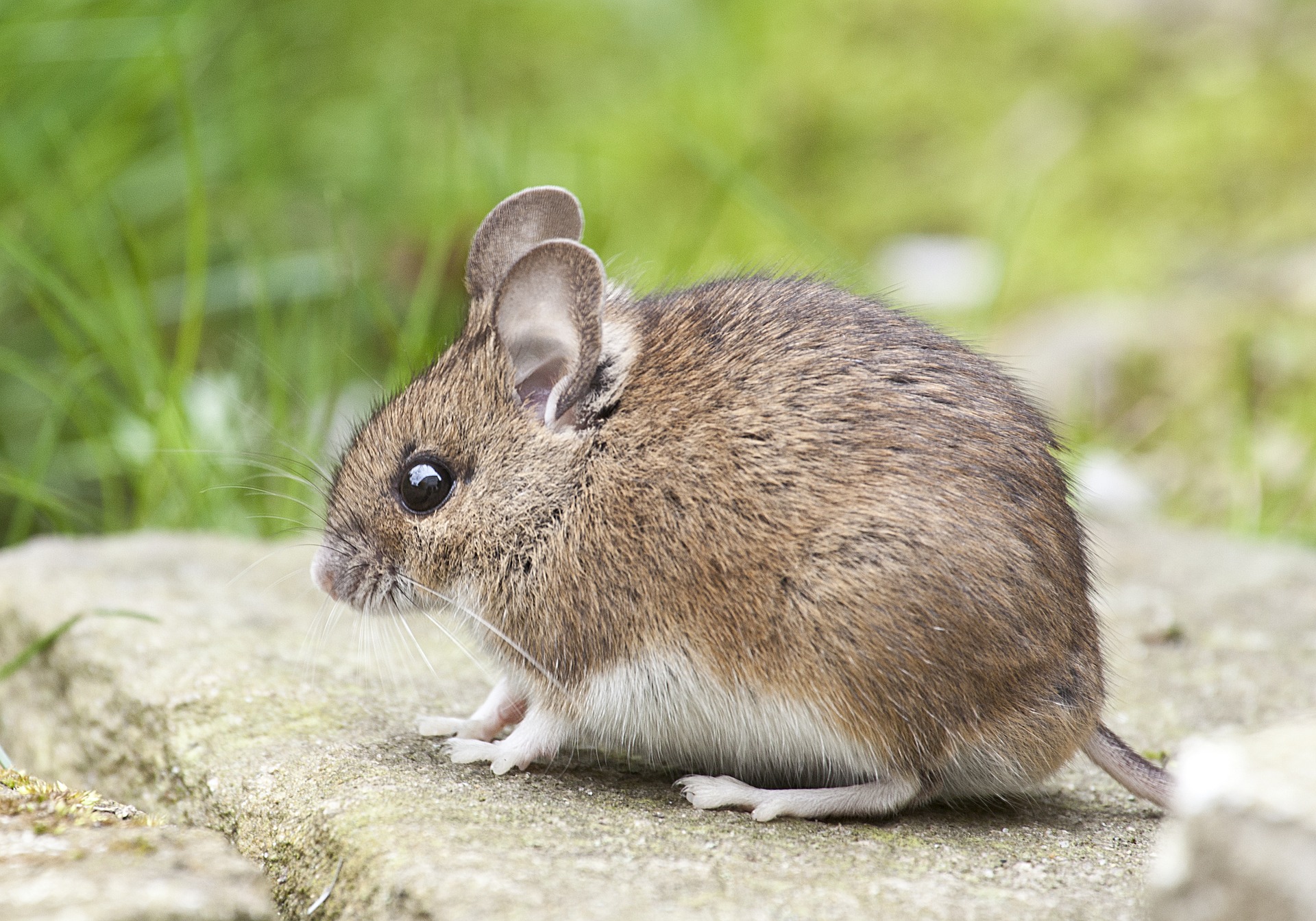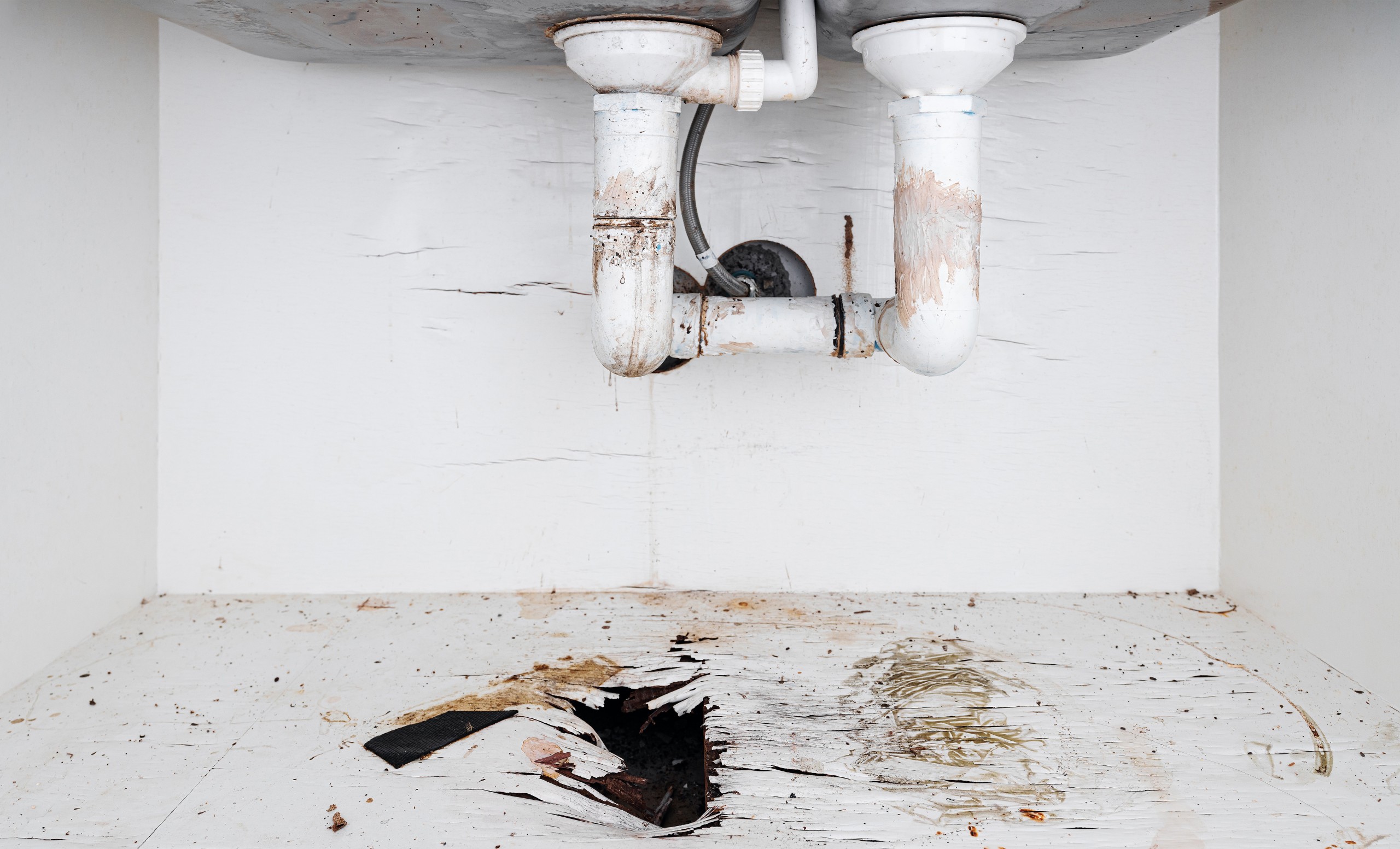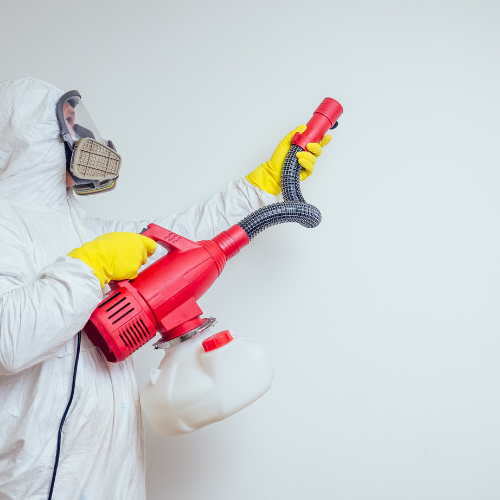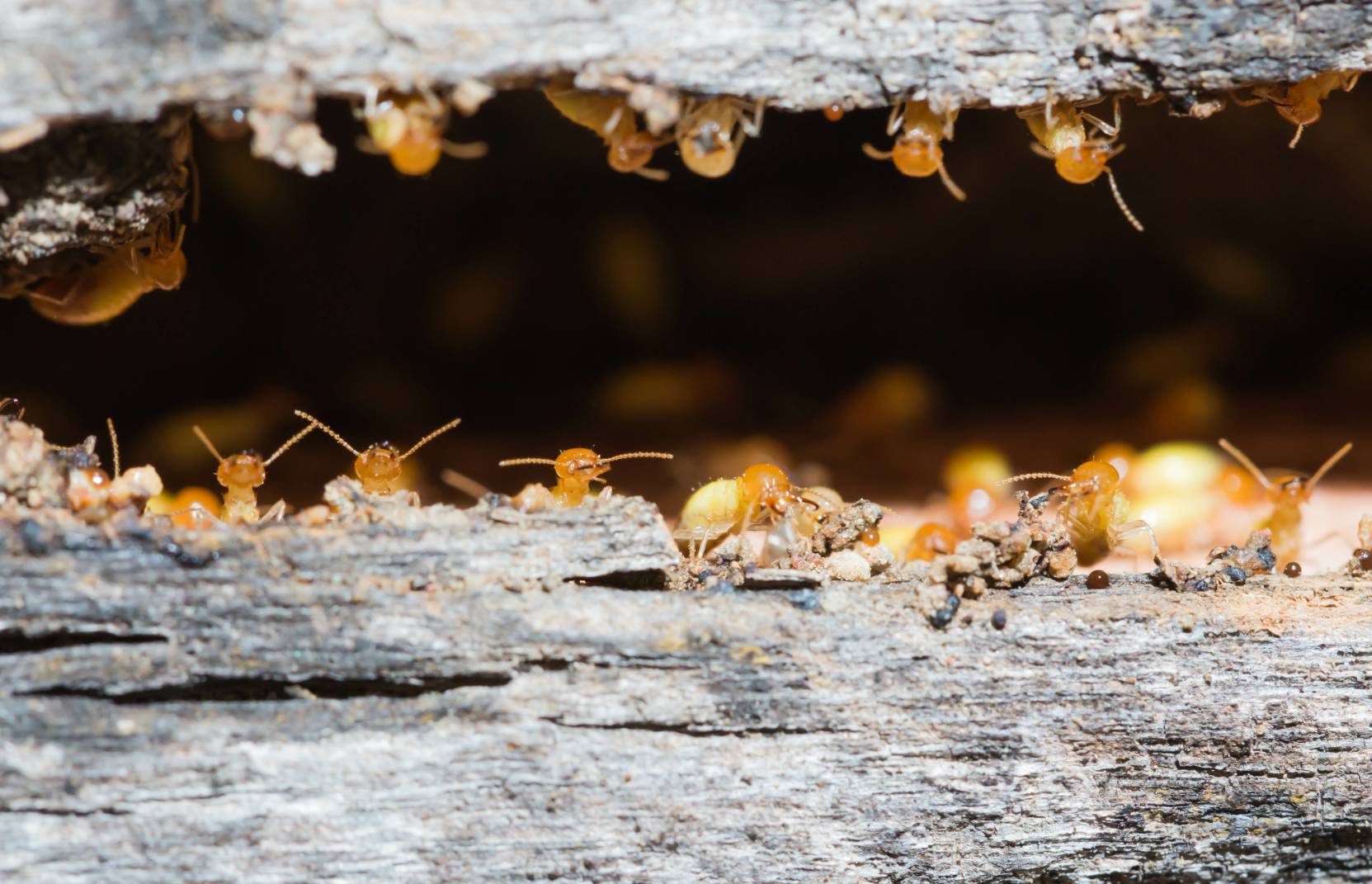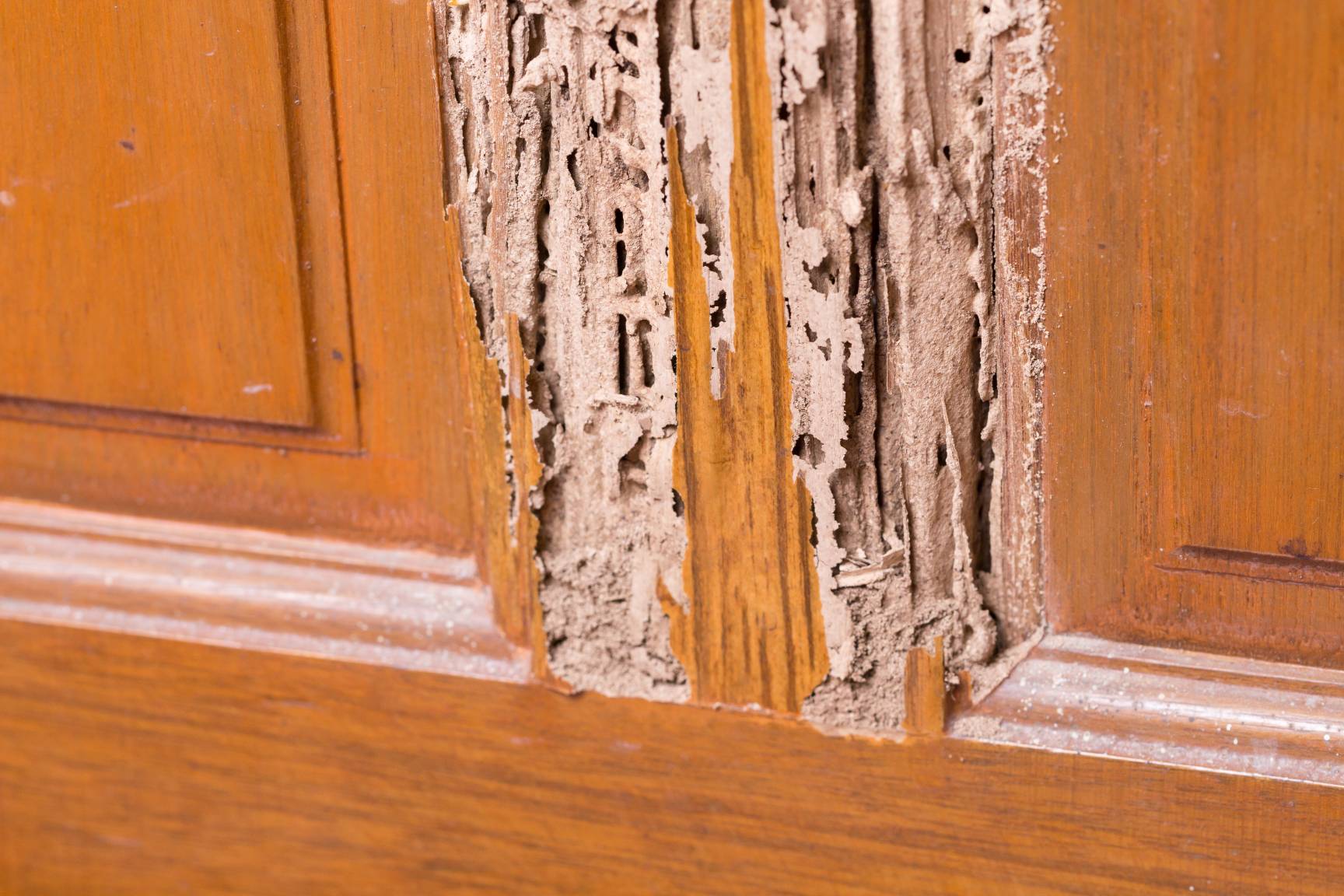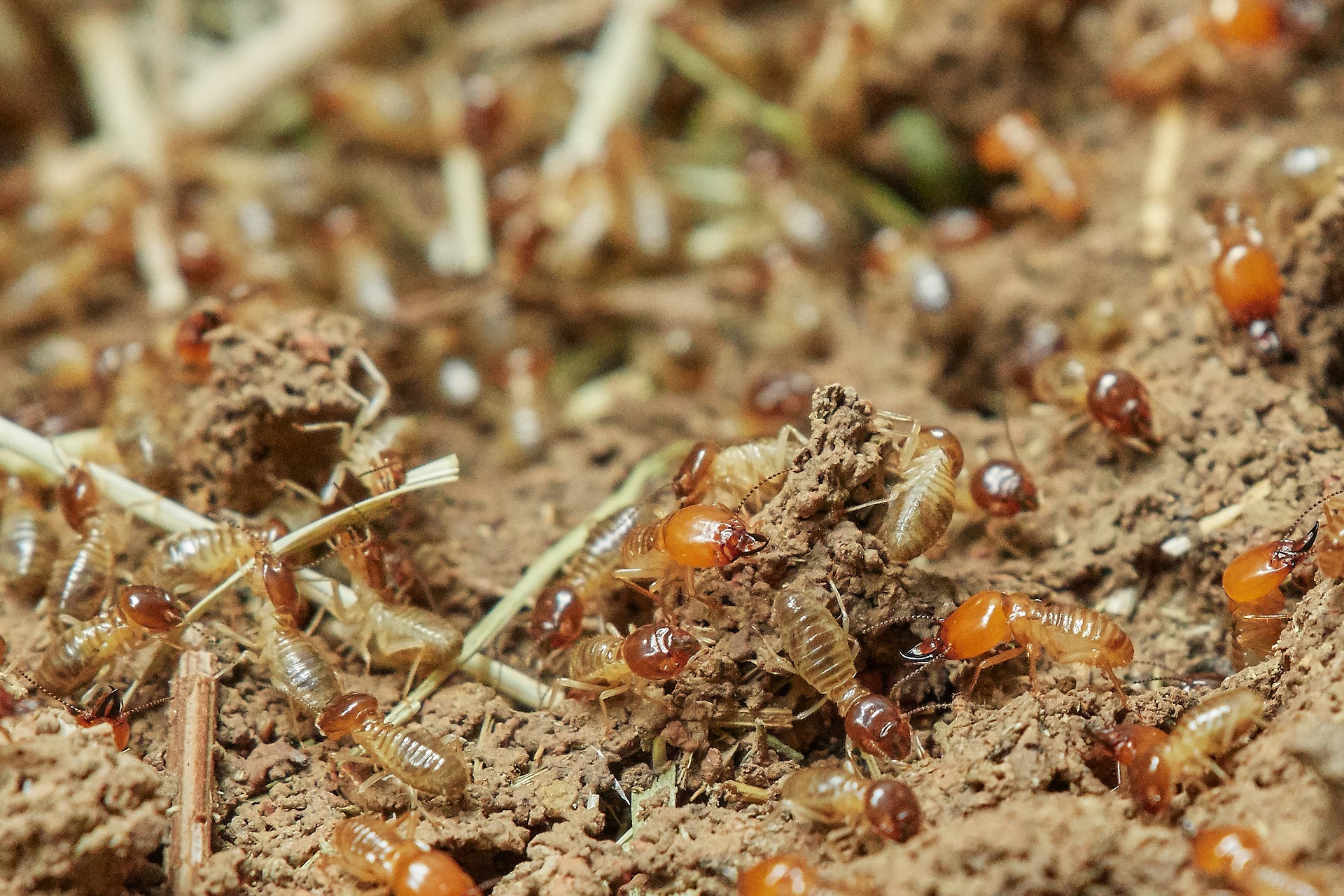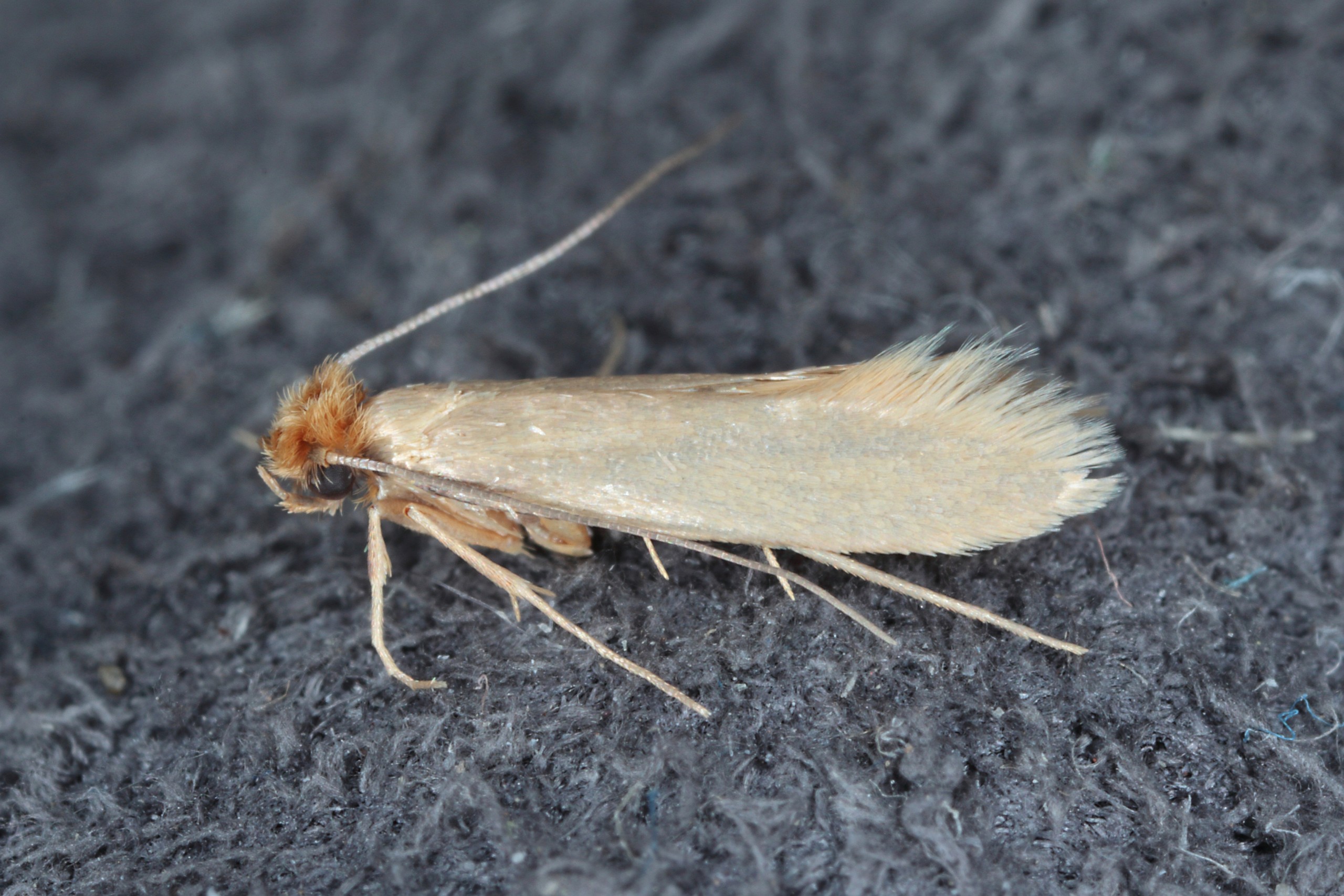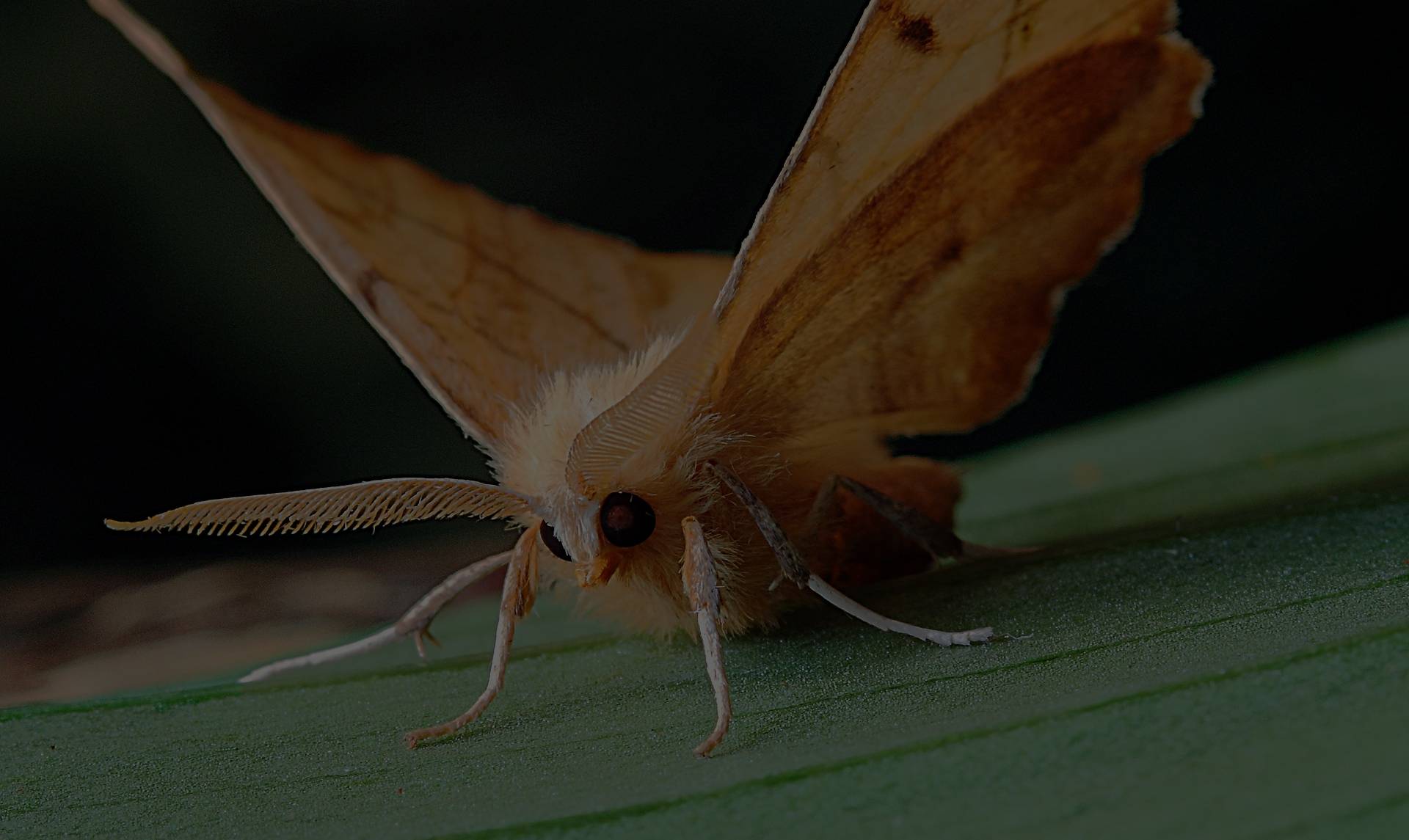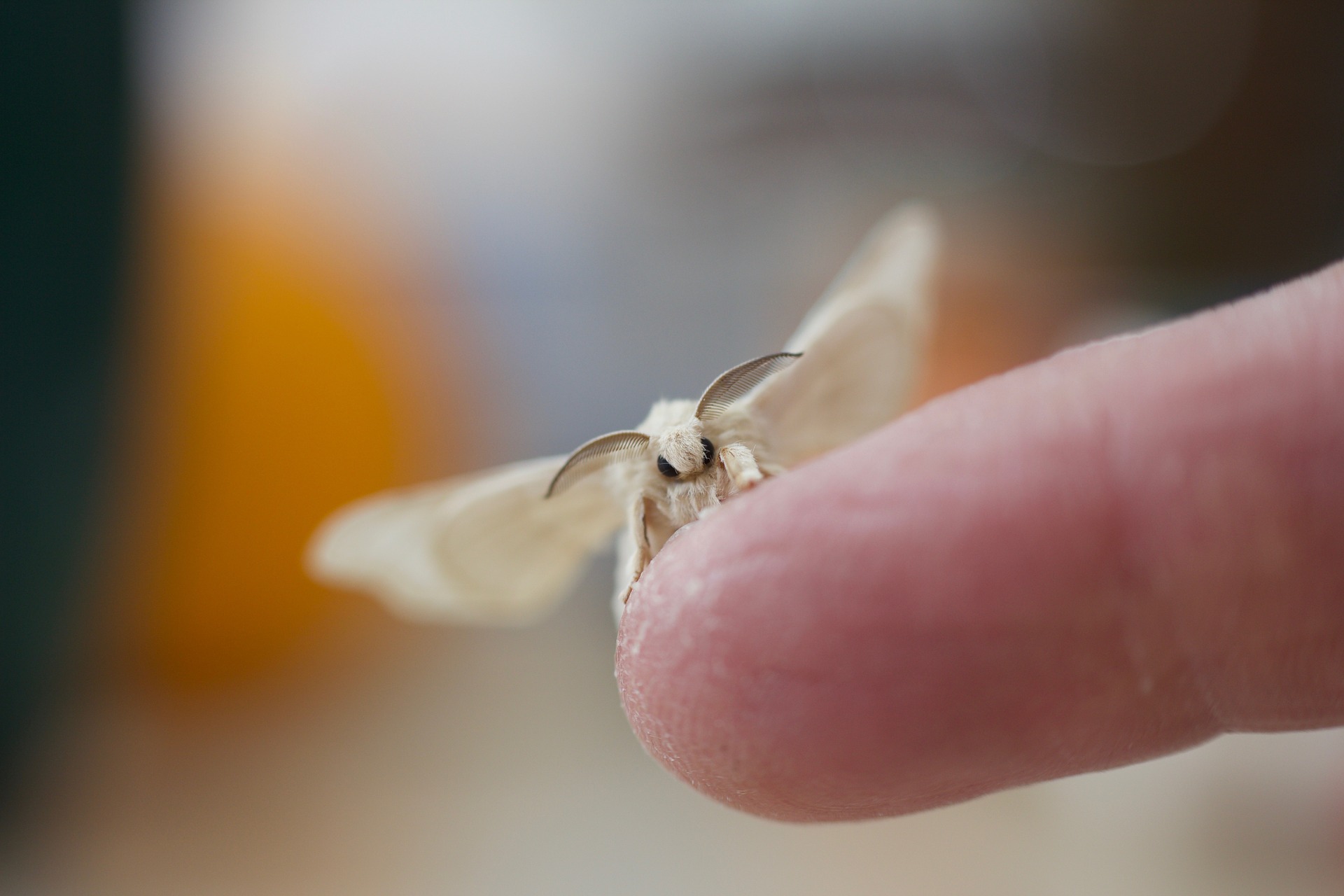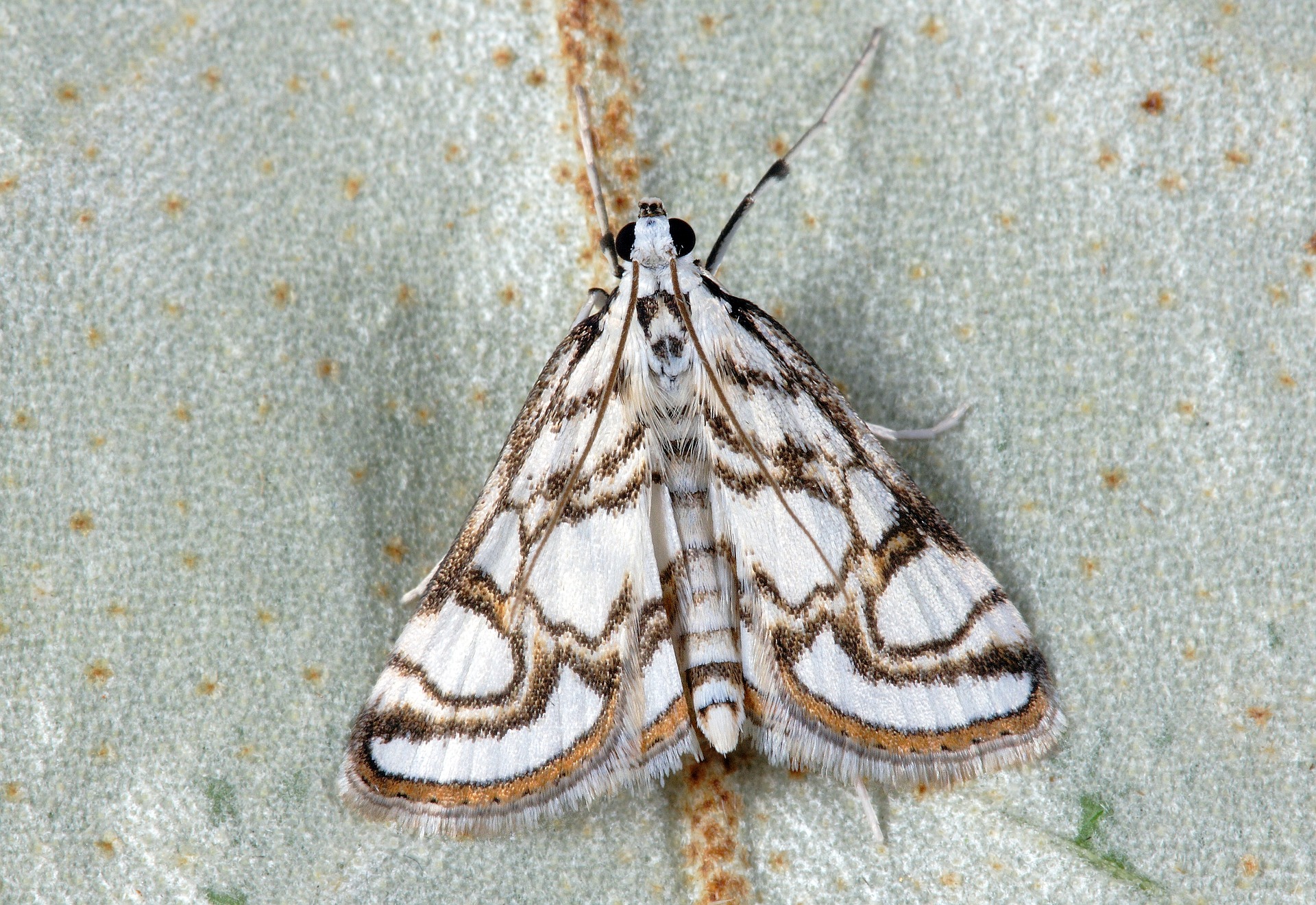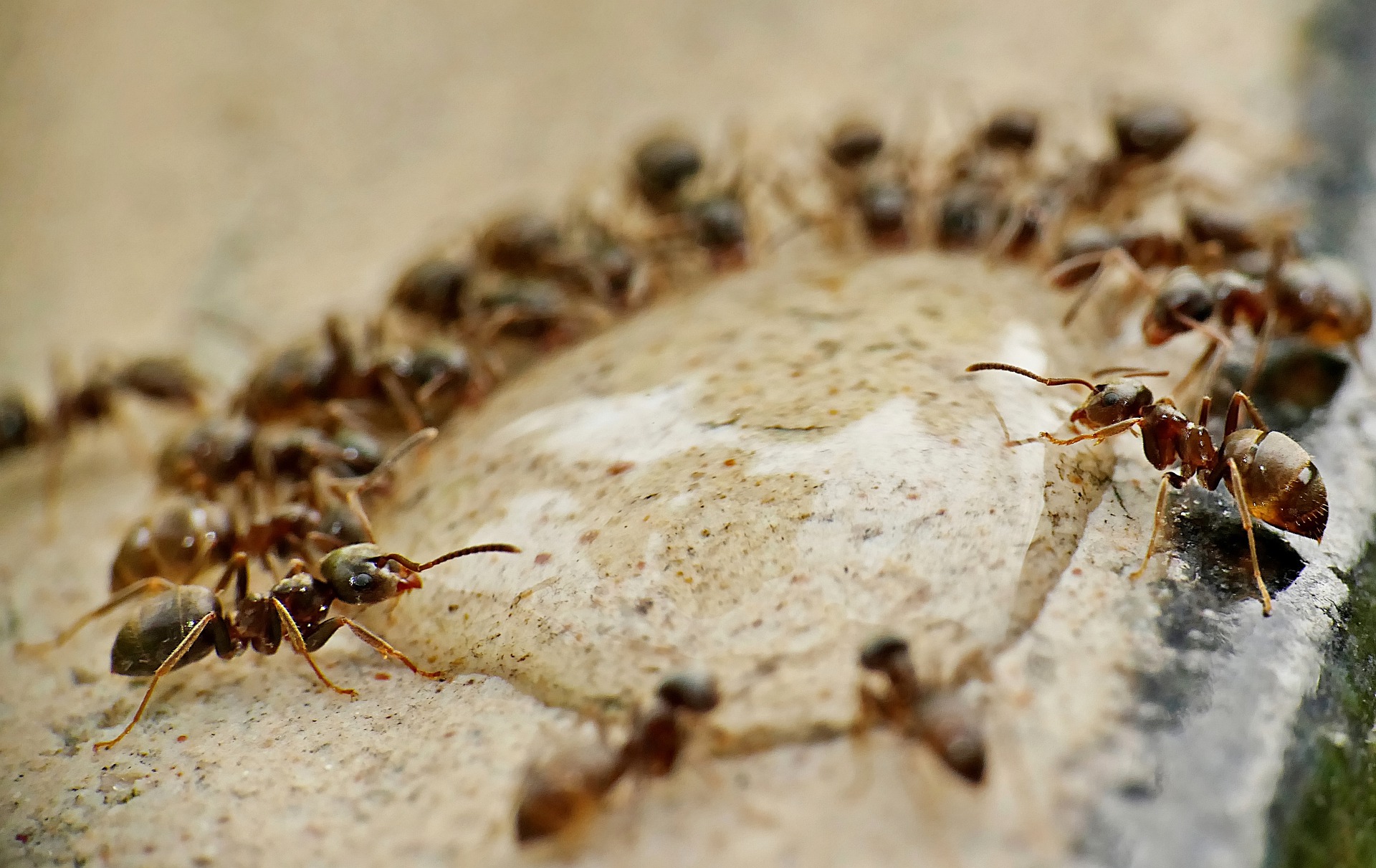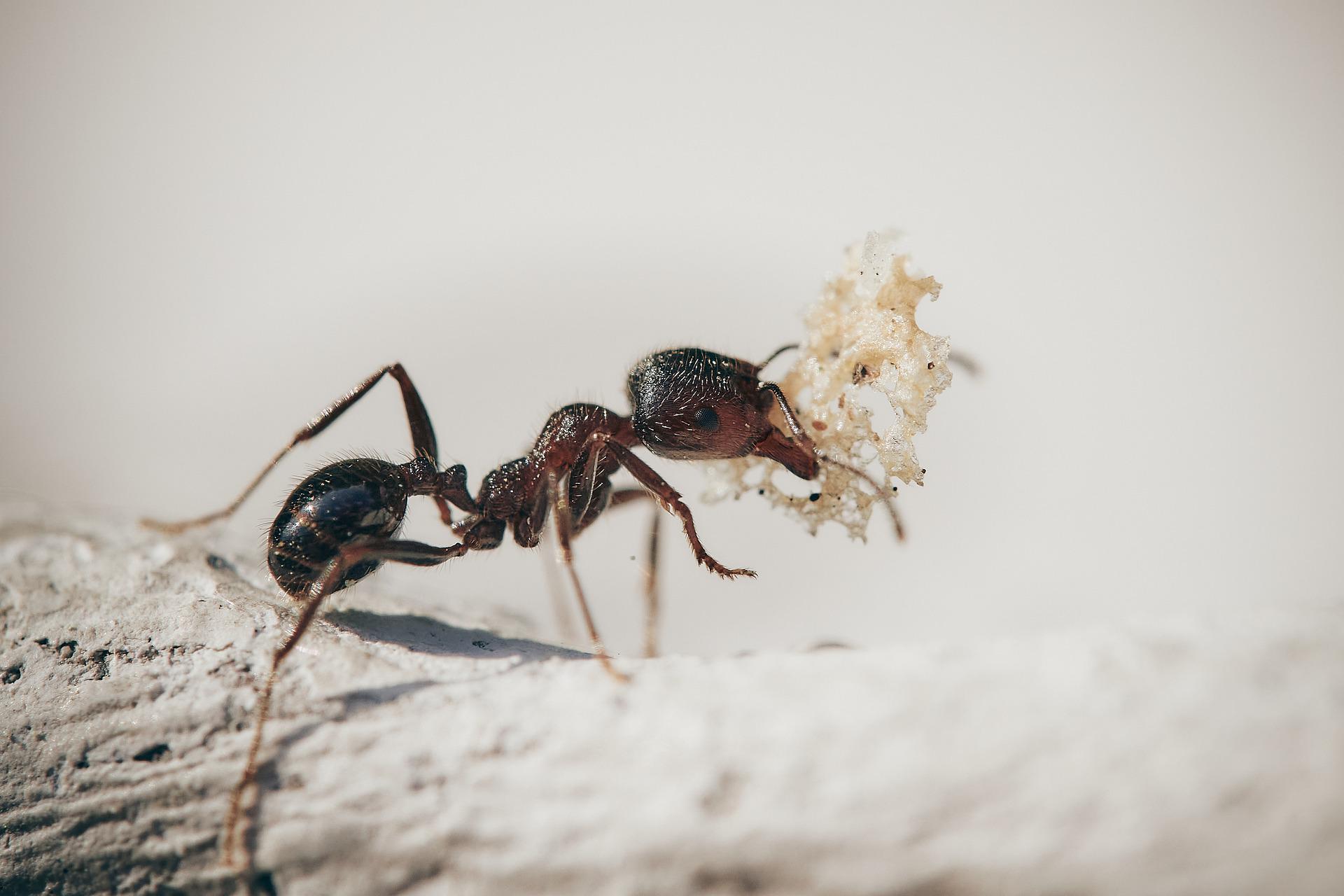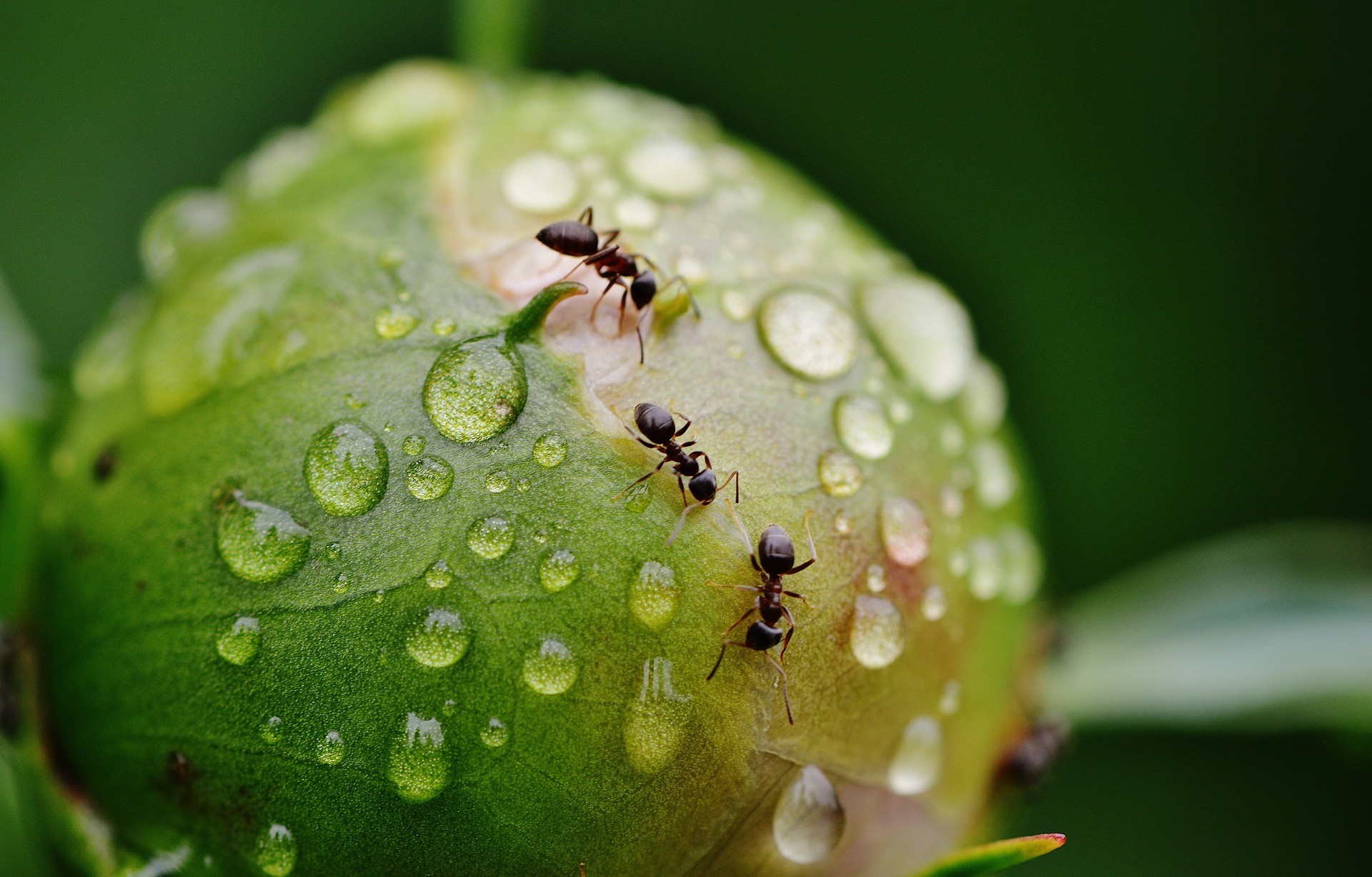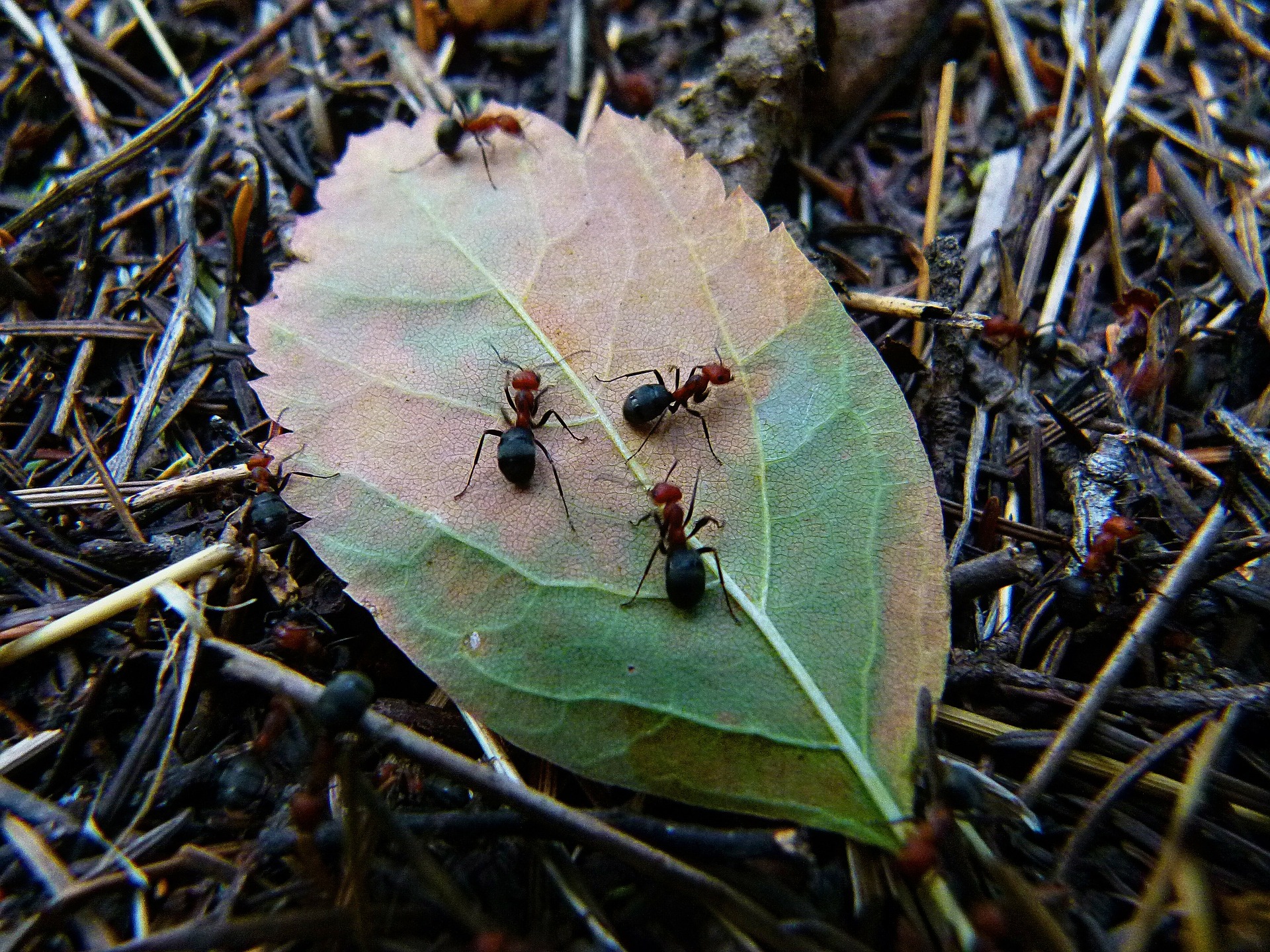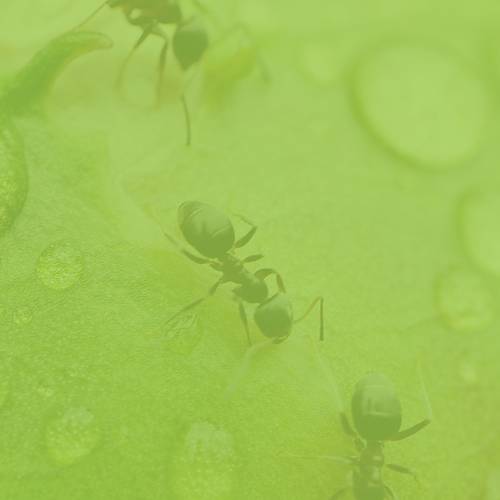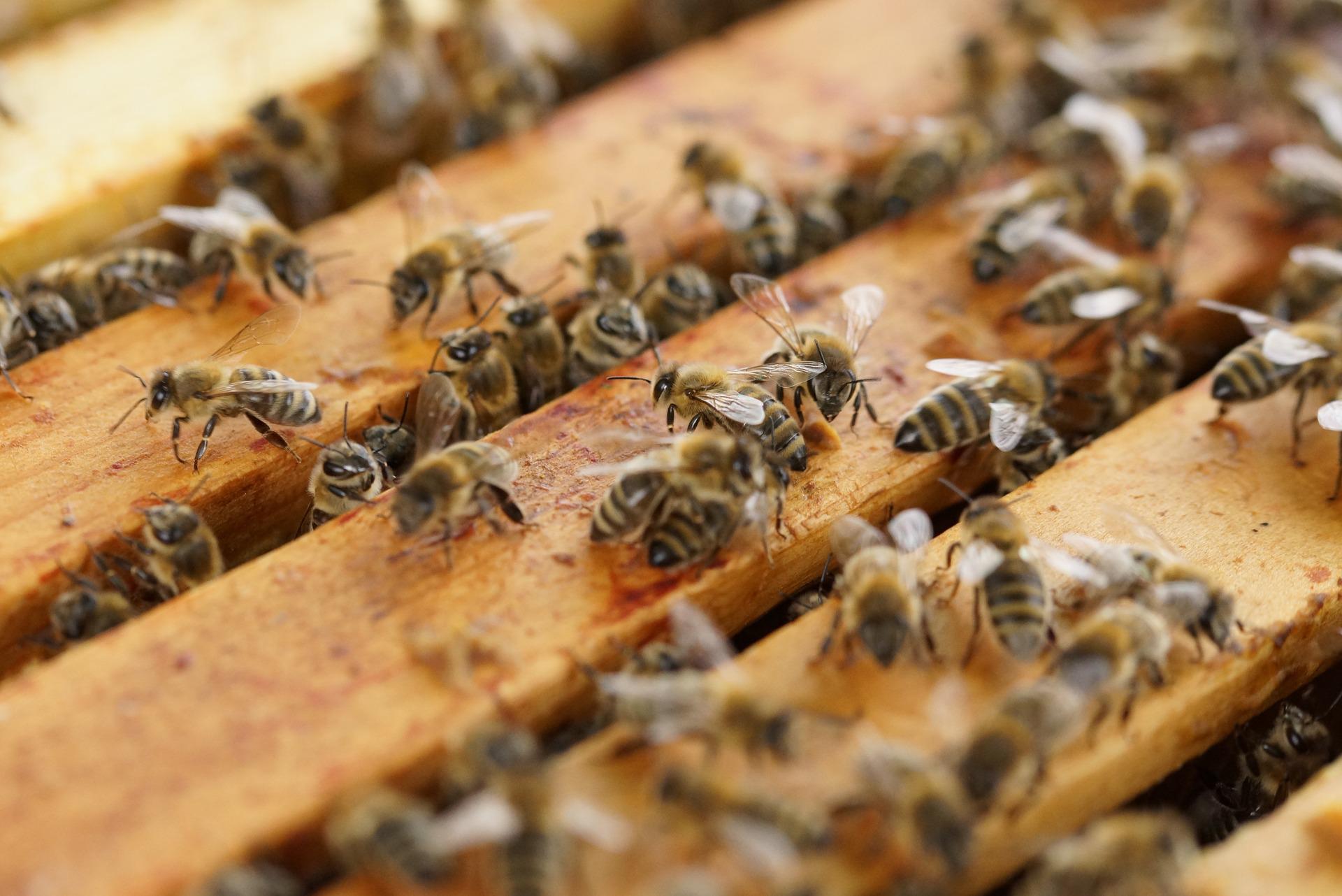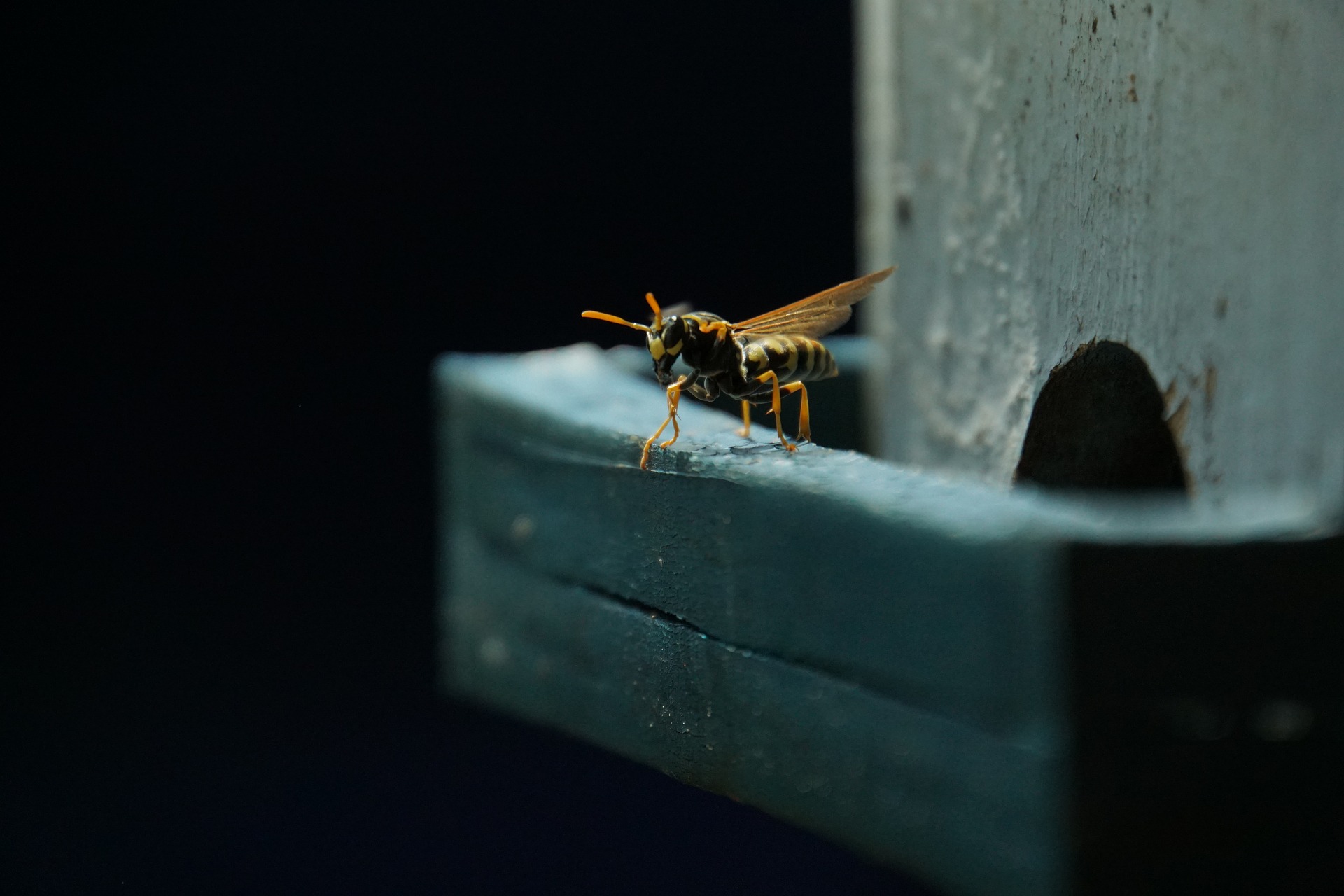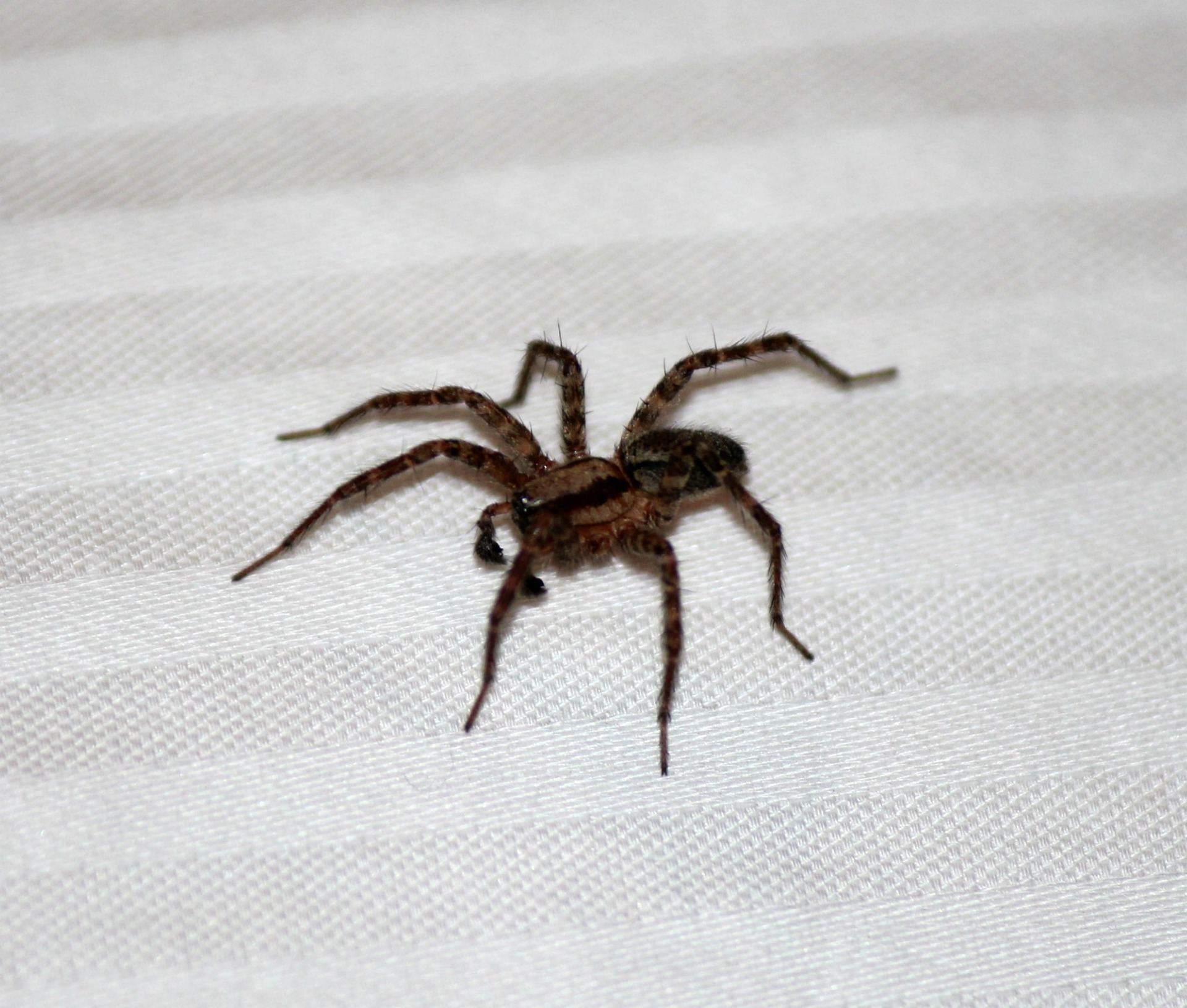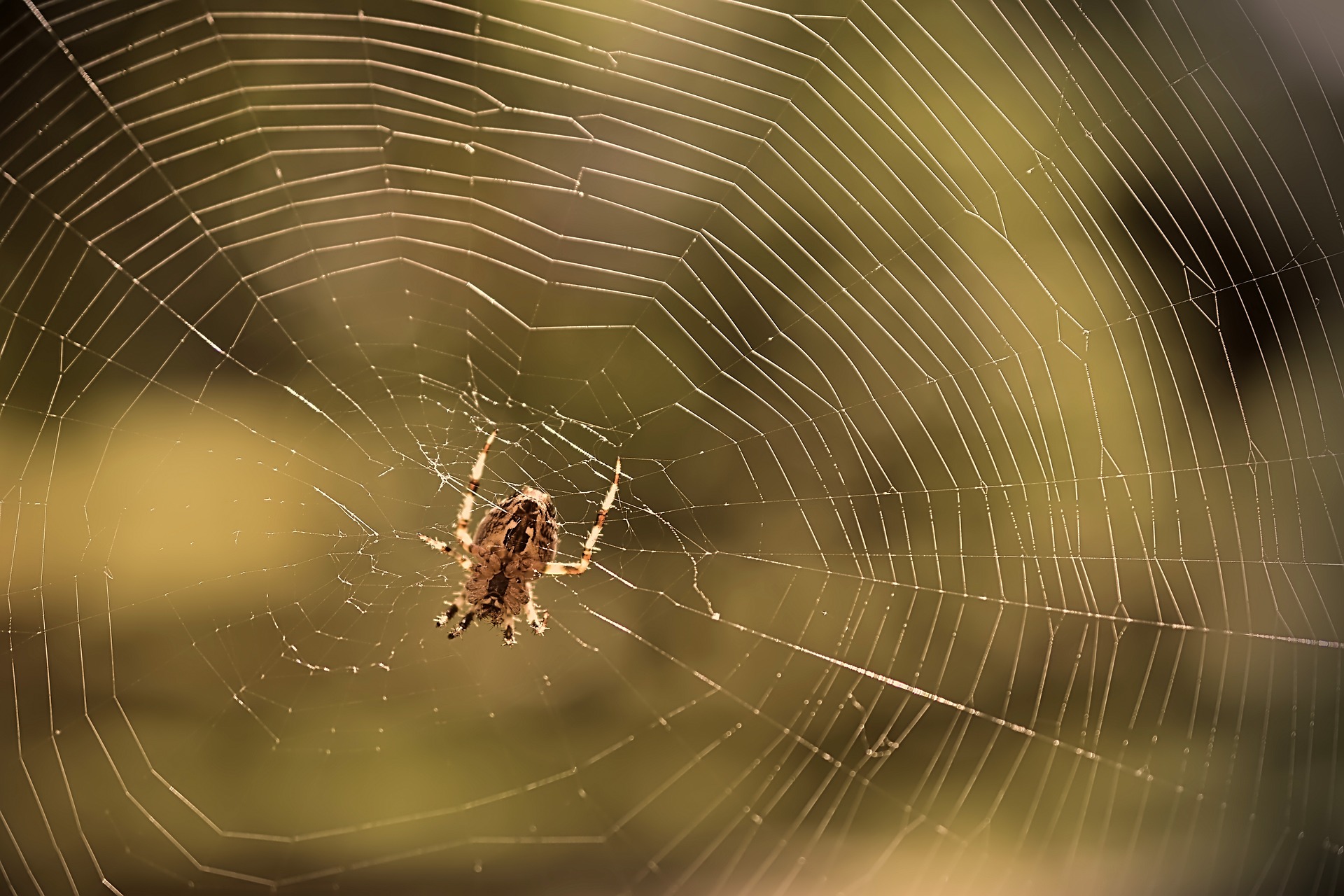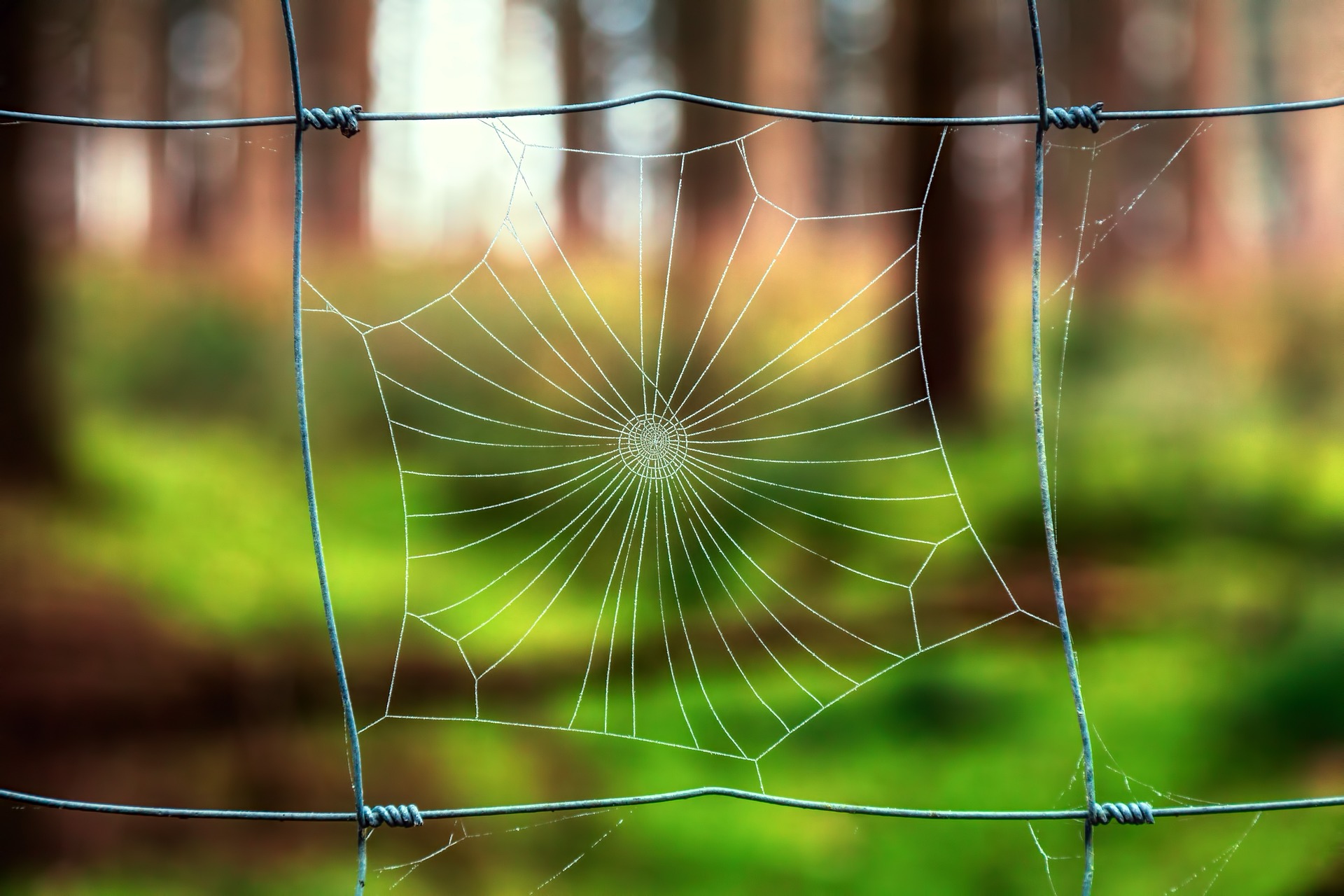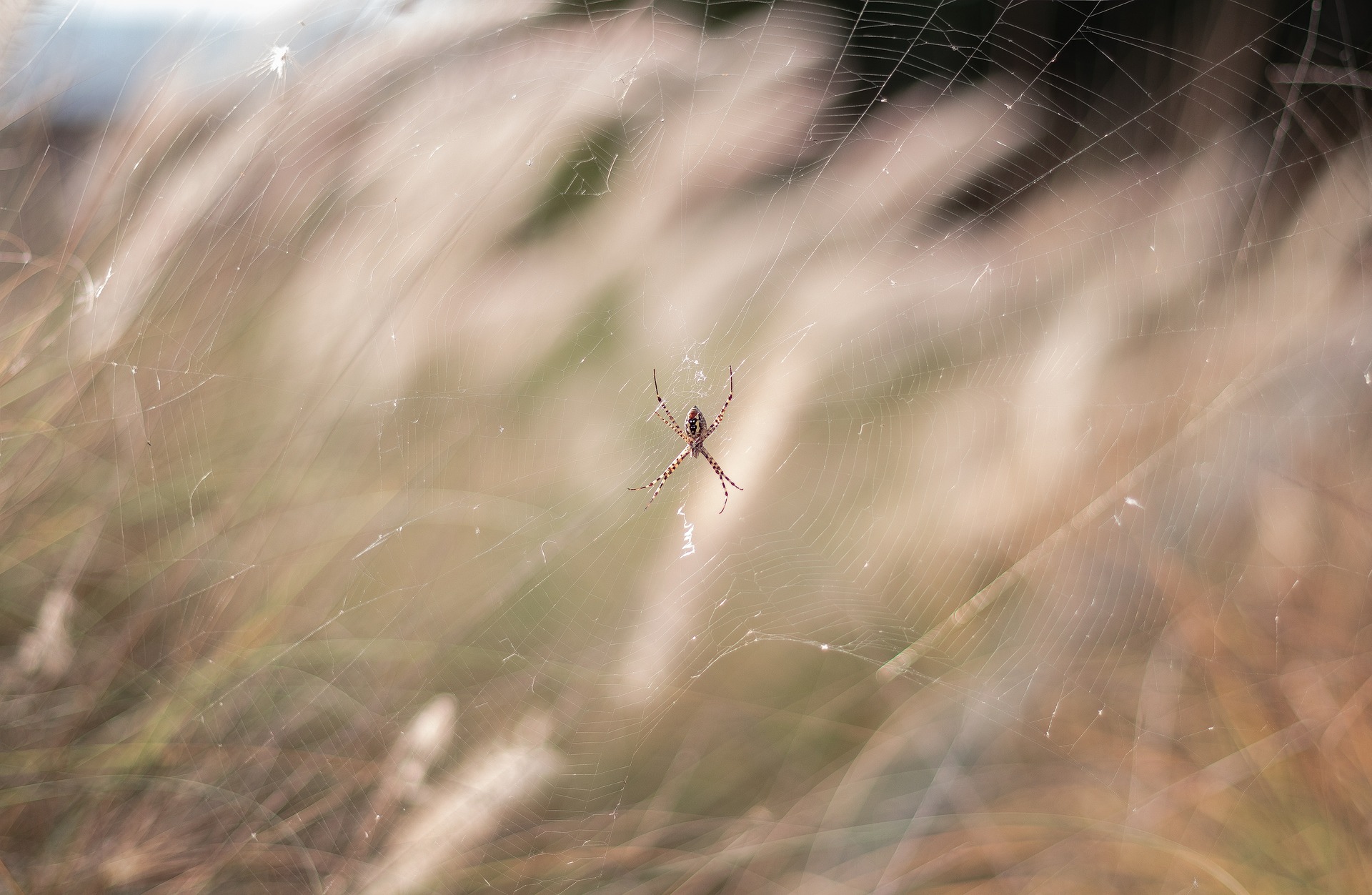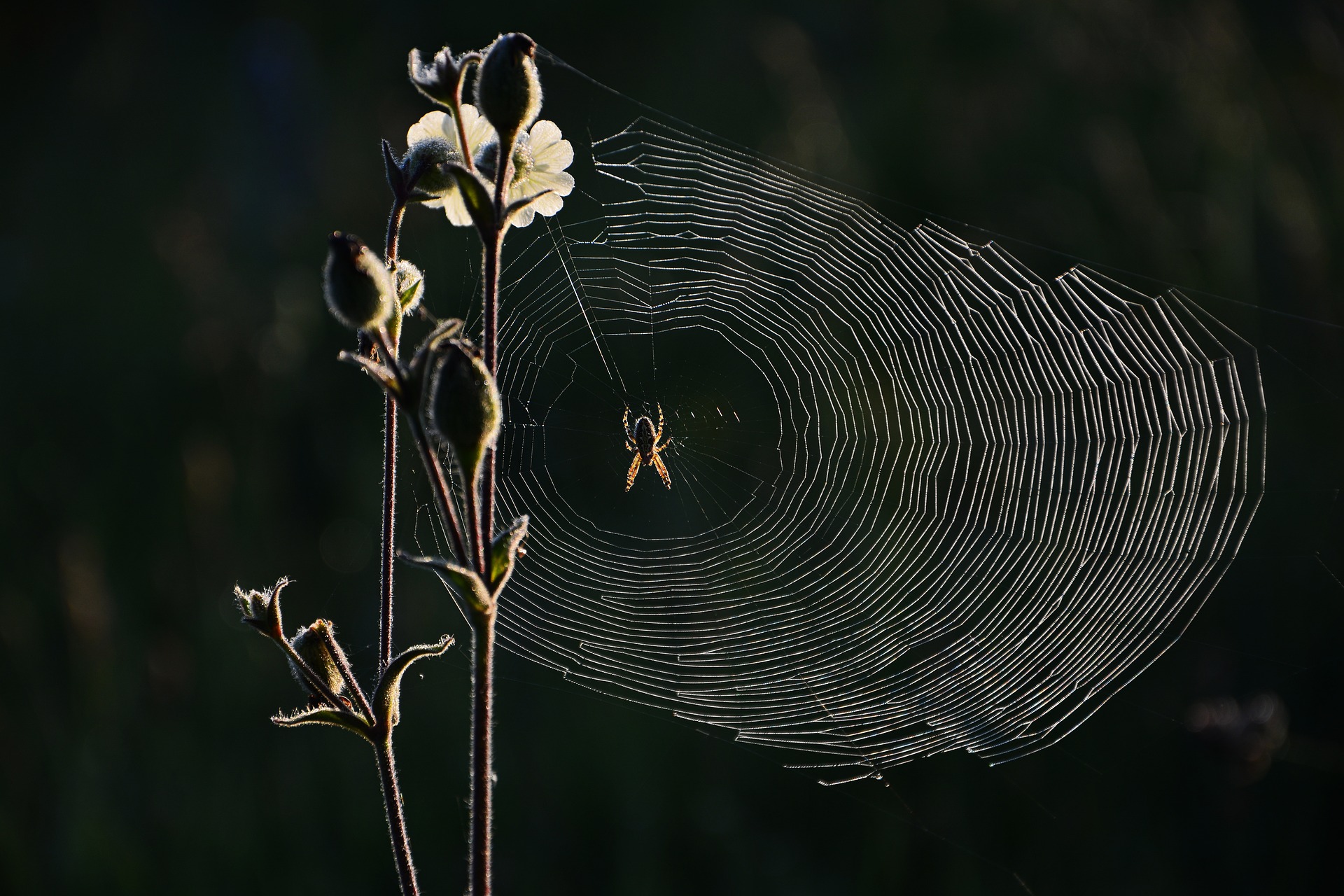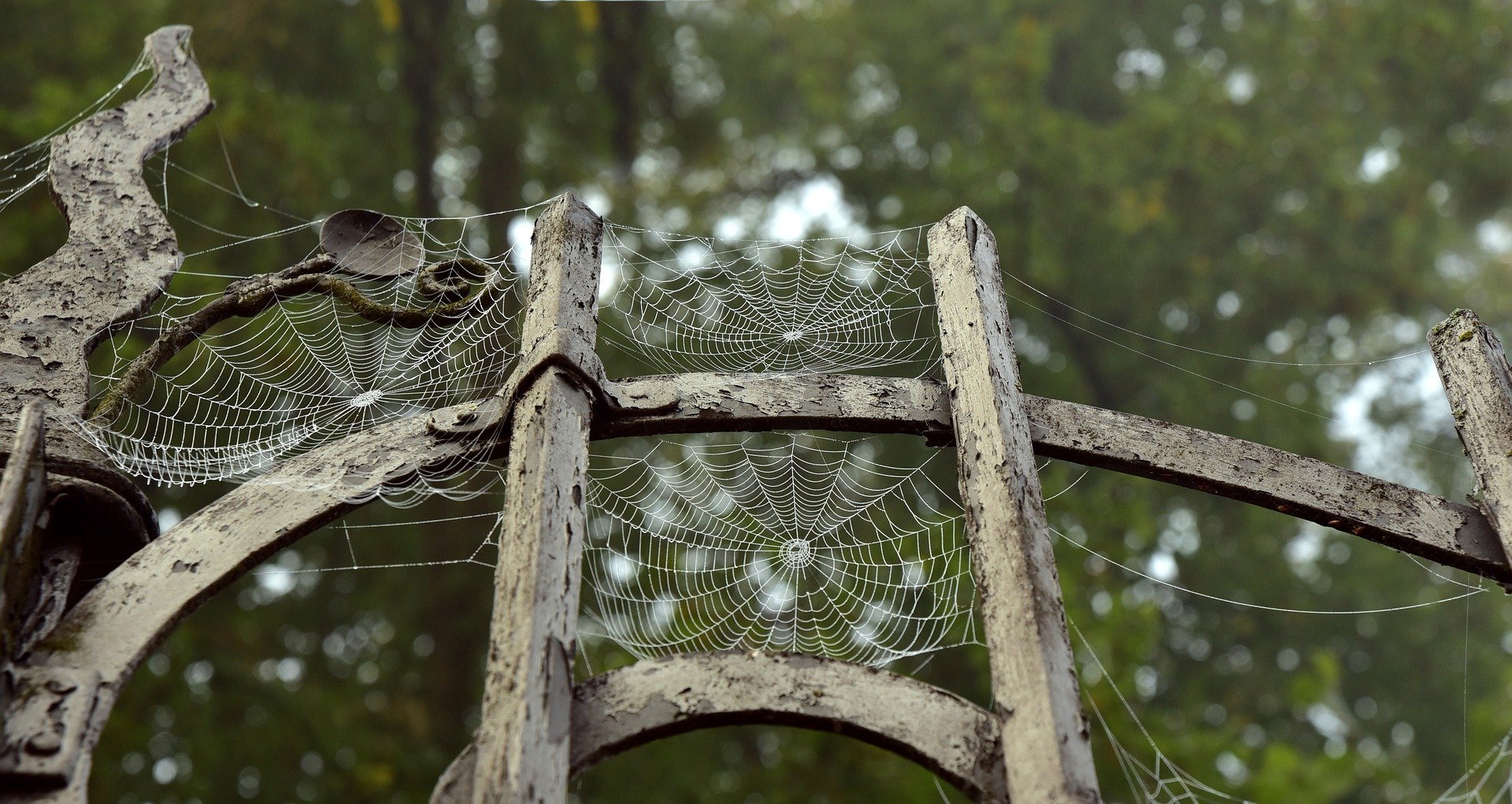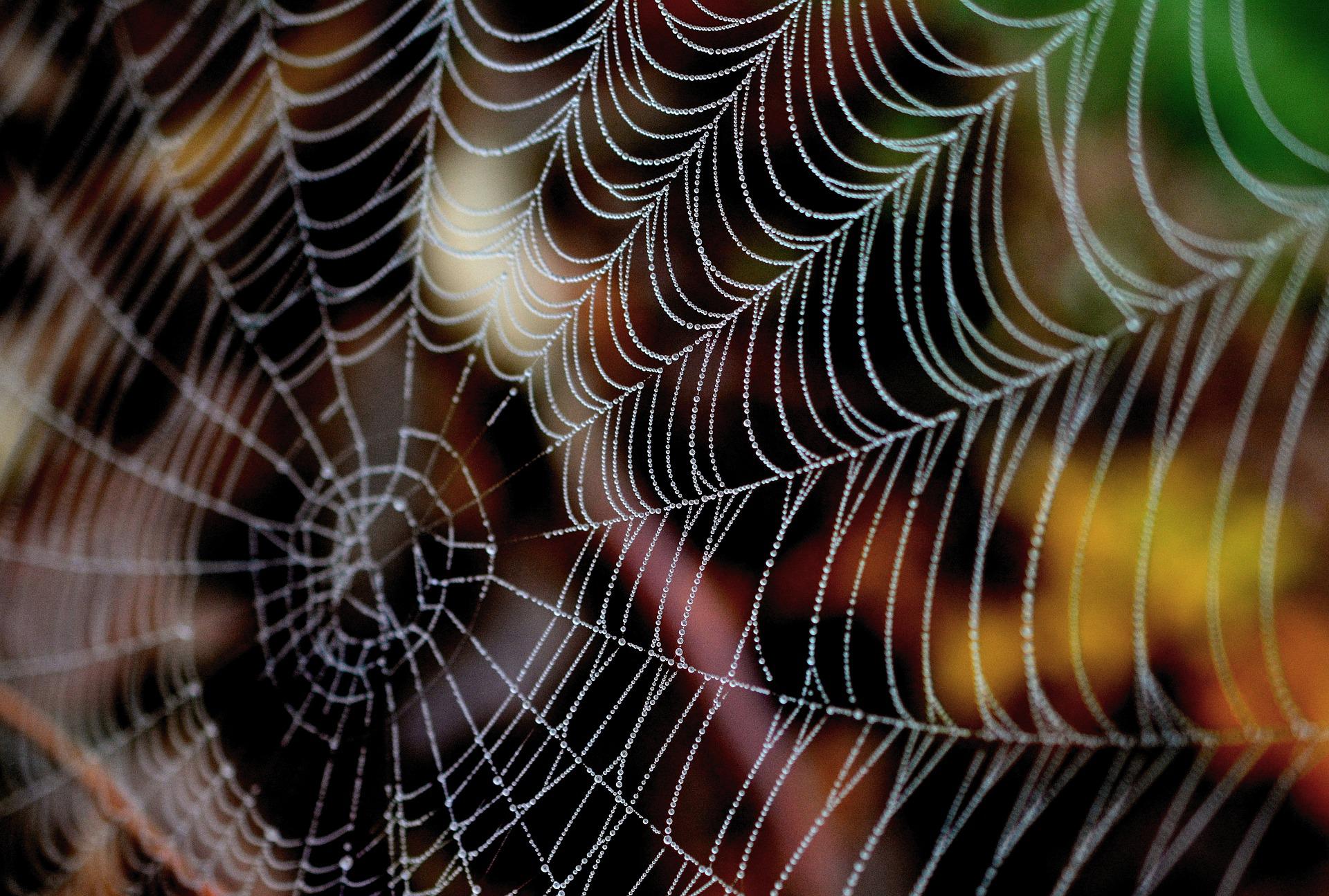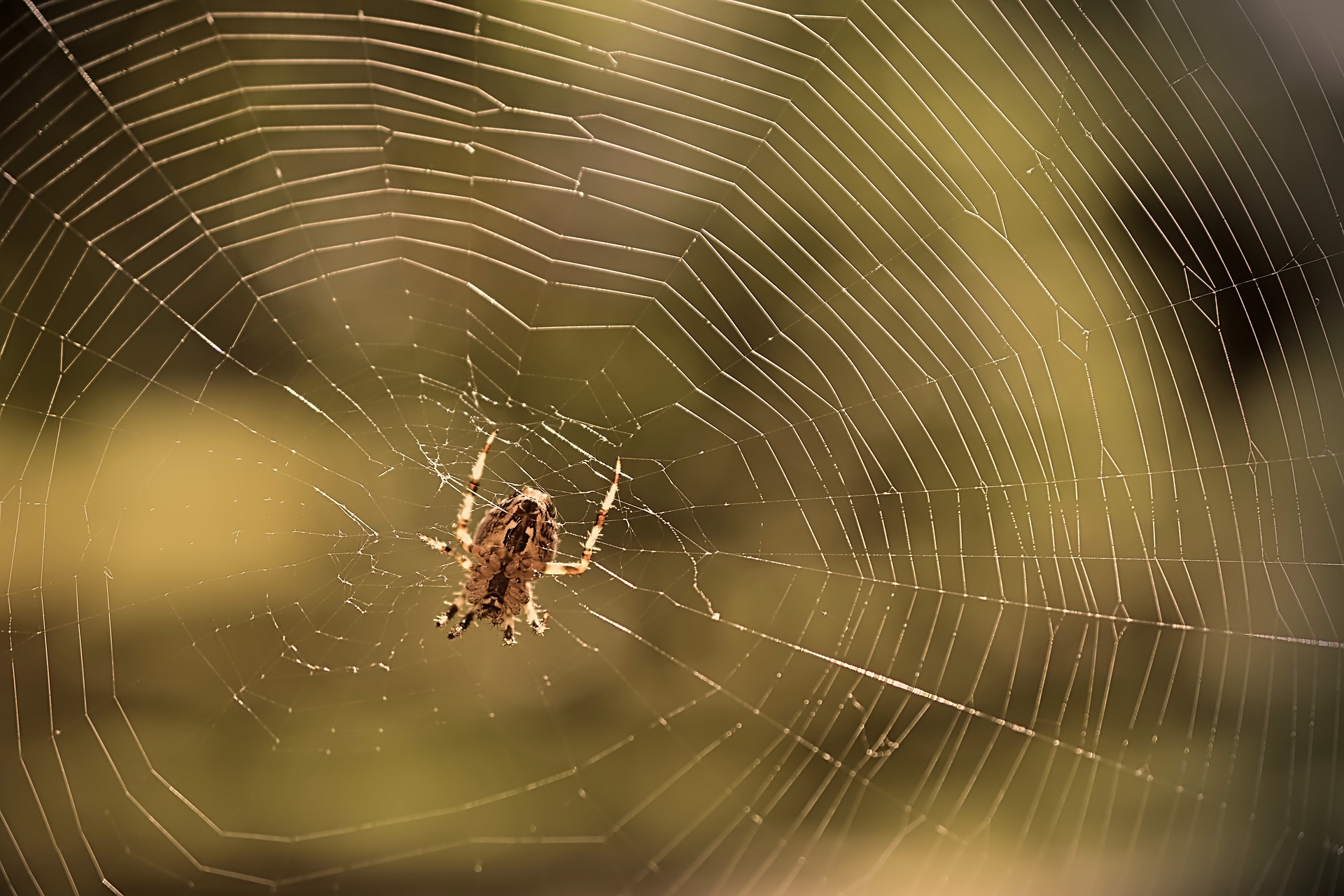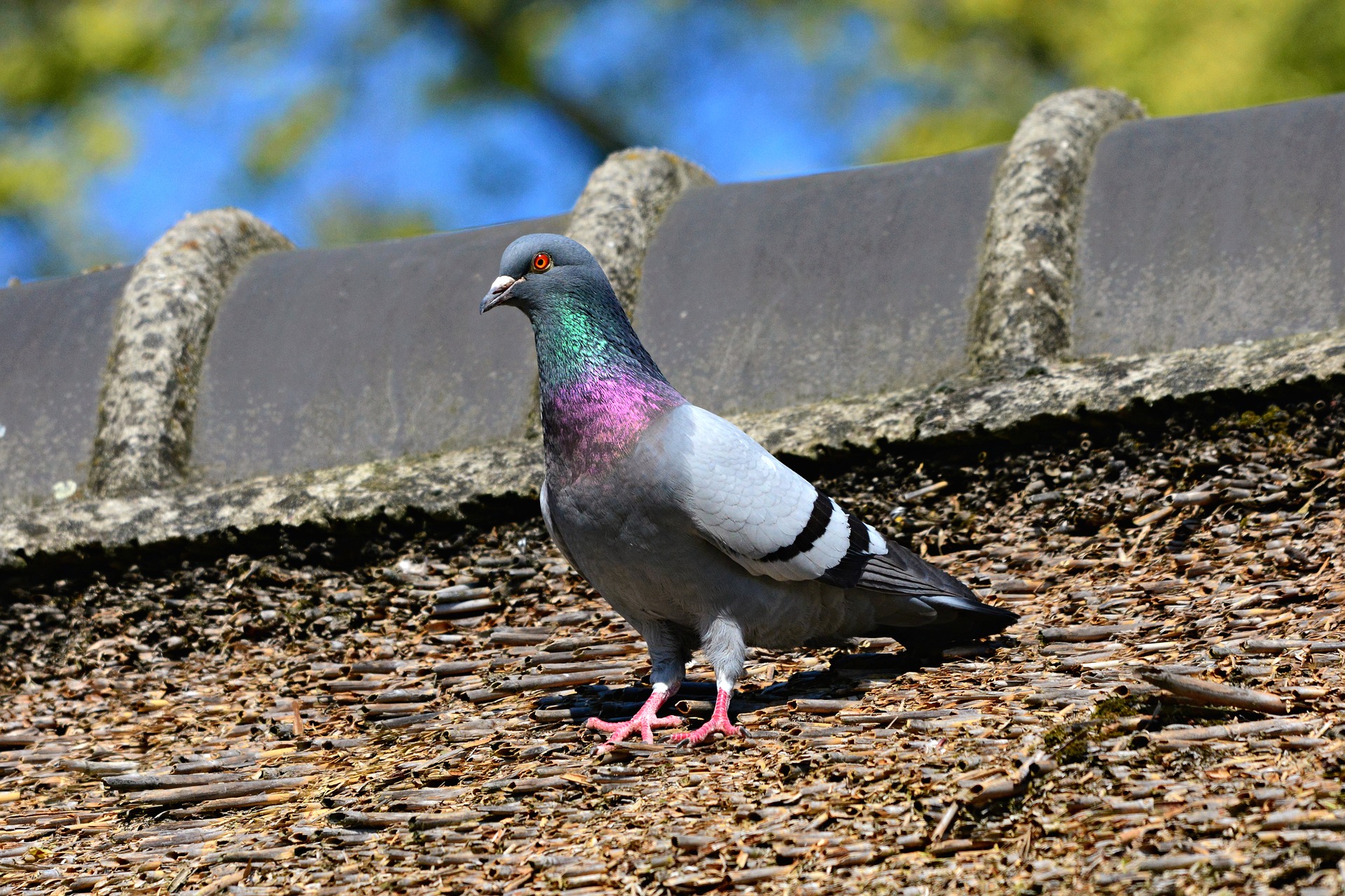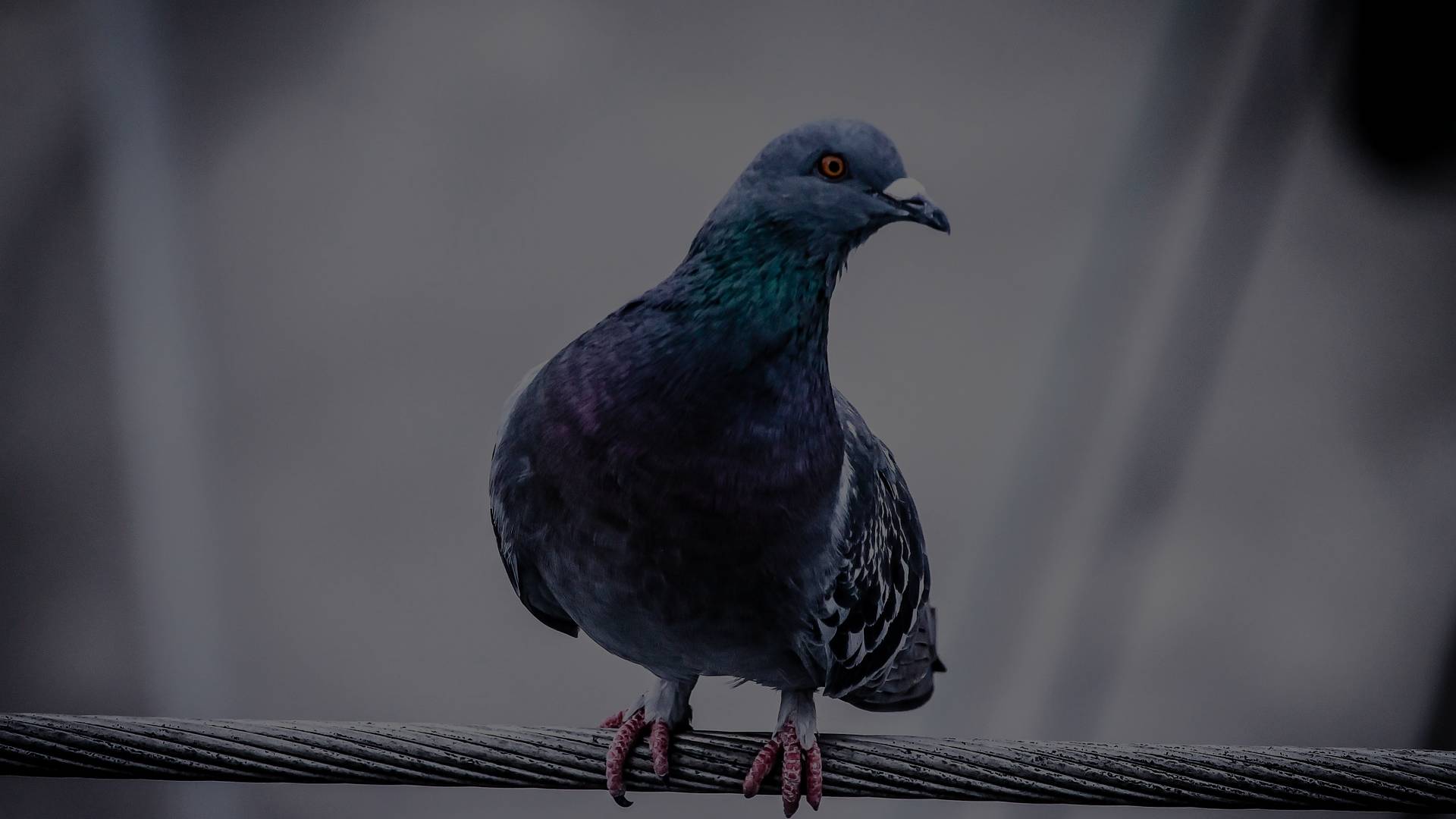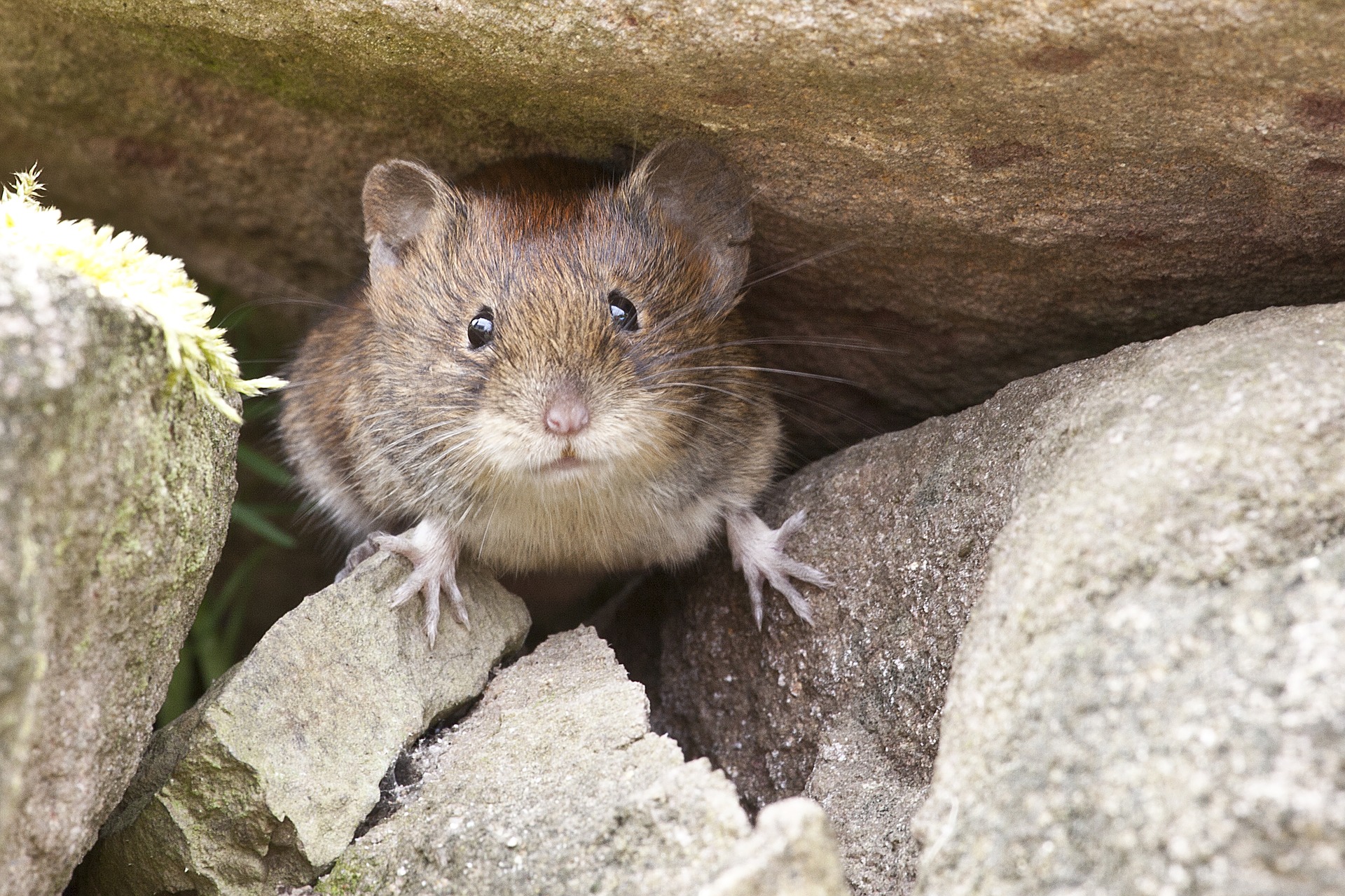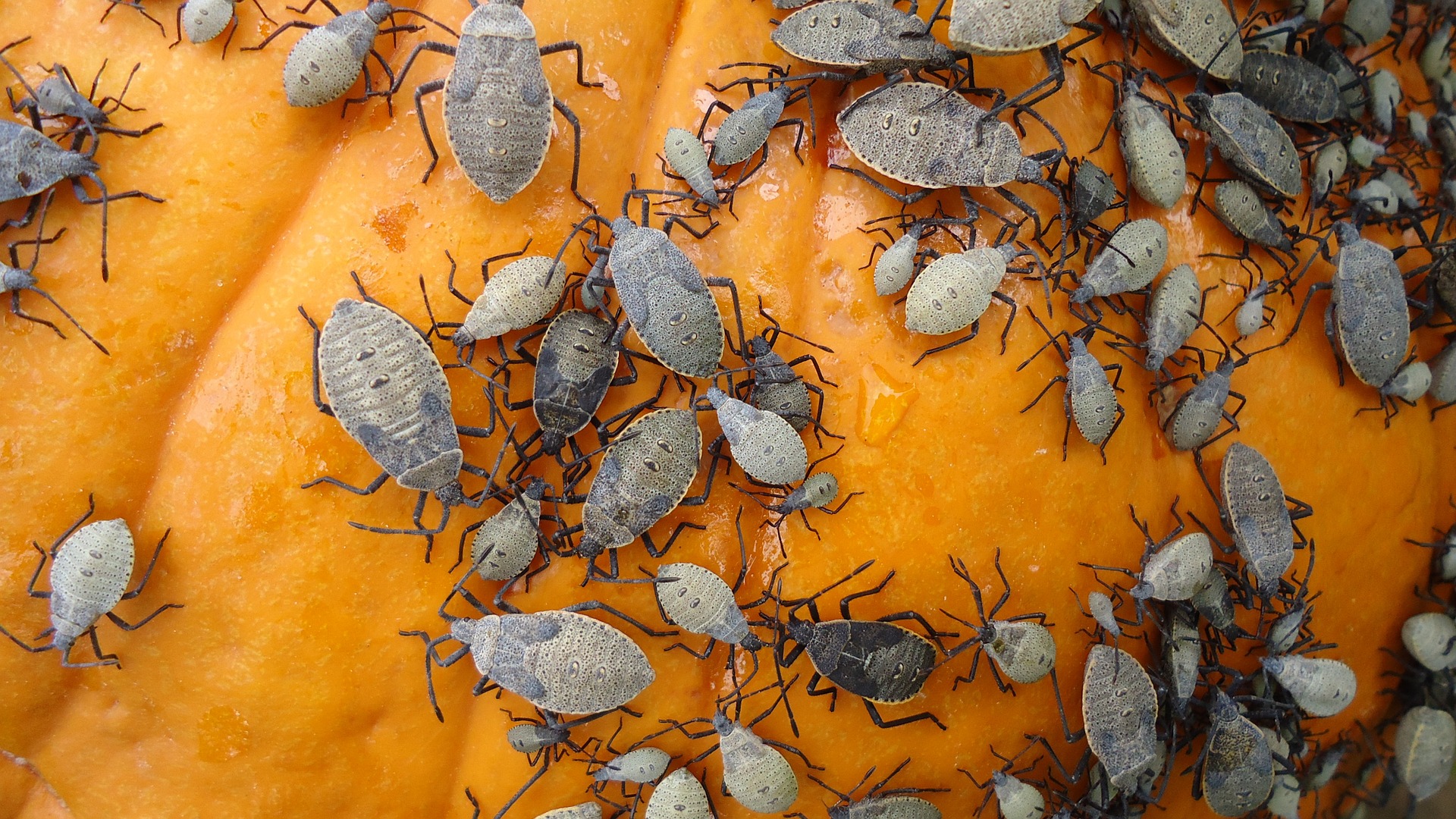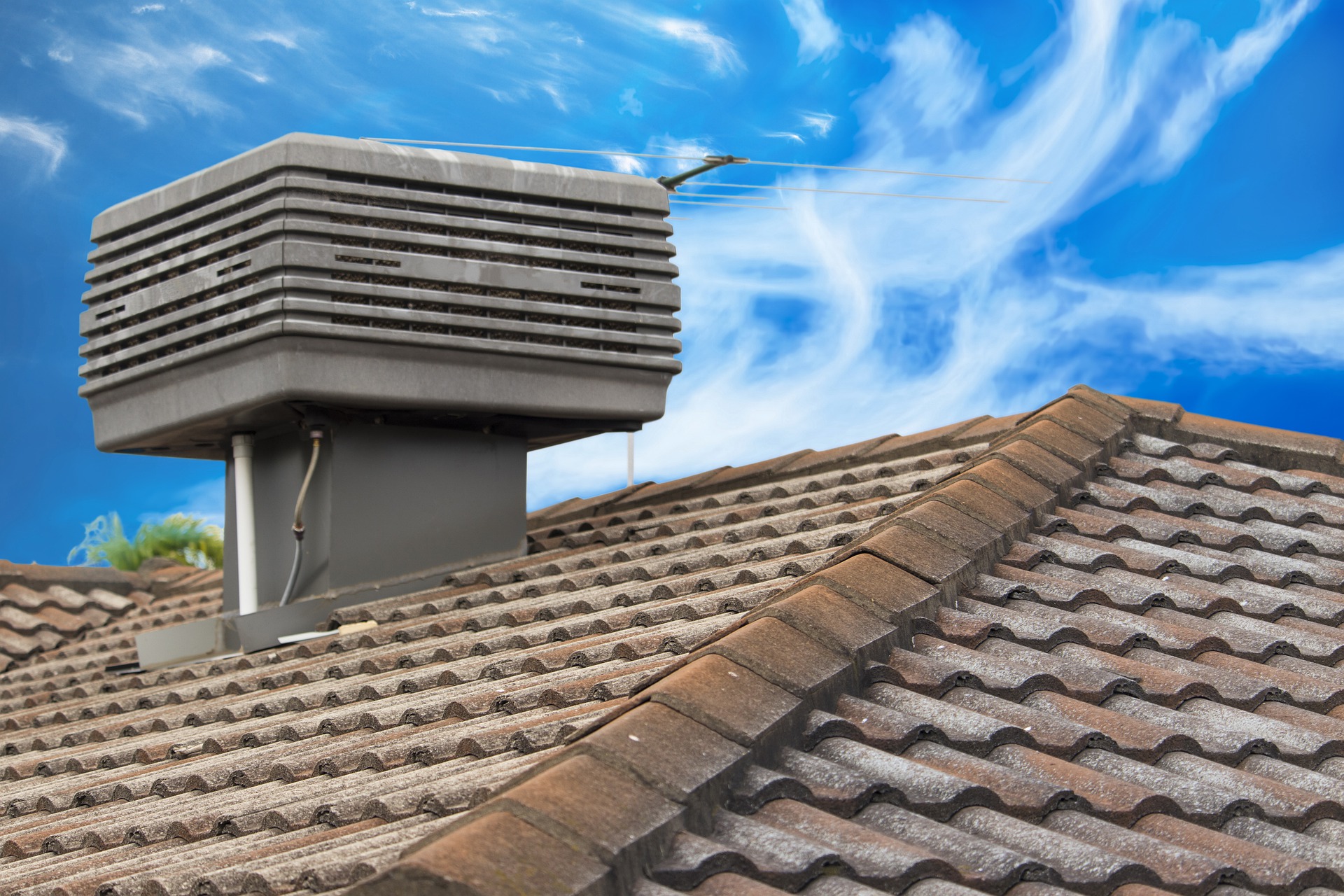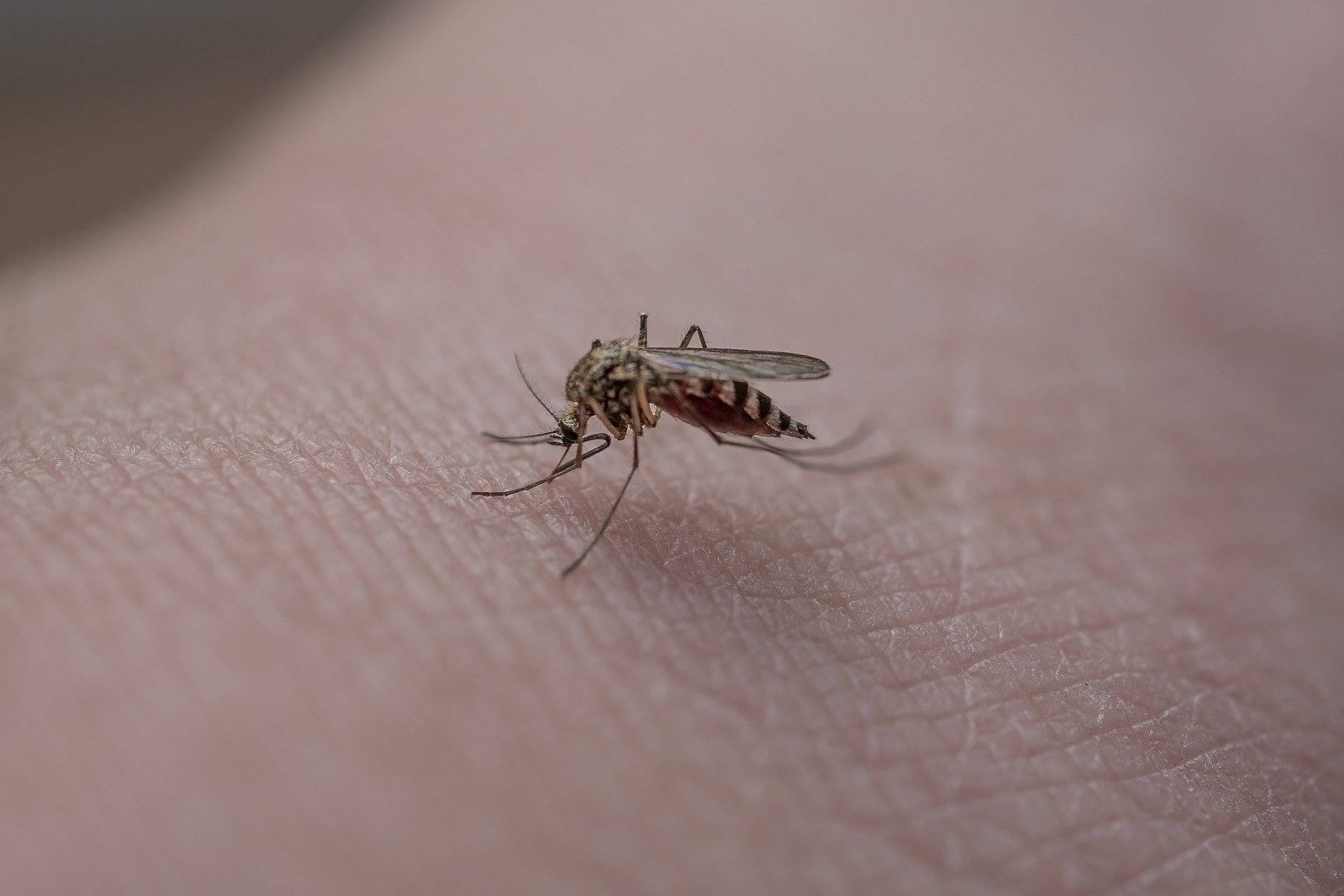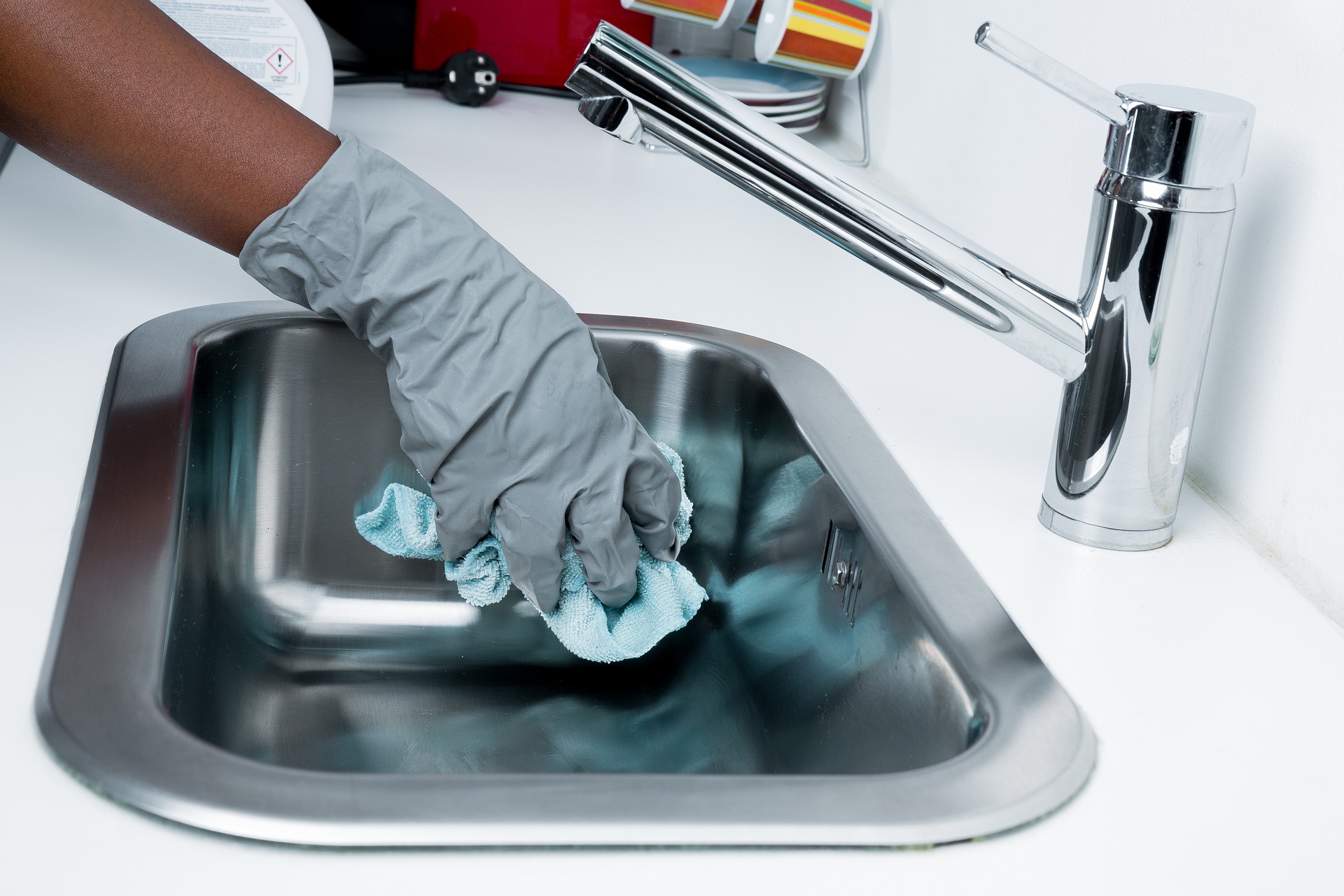Introduction:
As a pest control expert, I understand the challenges homeowners face when dealing with unwelcome guests like bats. These nocturnal creatures can invade our homes, causing damage and posing health risks. However, it is crucial to approach bat removal with care and respect due to their protected status as important contributors to our ecosystem. In this comprehensive guide, I will provide you with everything you need to know about bat removal – from identifying a bat infestation to implementing safe and effective removal methods. Let’s dive in!
Identifying a Bat Infestation:
Bats often choose attics, crawl spaces, and other undisturbed areas as their roosting sites. Look out for these signs to determine if you have a bat infestation:
– Sightings: Seeing bats flying in and out of your home during dusk or dawn.
– Droppings (guano): Accumulation of small, dark droppings resembling mouse droppings.
– Strange noises: High-pitched squeaking or scratching sounds coming from the attic or walls.
– Stains and oil marks: Bats’ oily fur may leave smudges on walls or ceilings.
Understanding the Importance of Bats:
Before proceeding with bat removal, it’s vital to recognize the ecological benefits bats provide. Bats are natural pest controllers, devouring large quantities of insects every night, including mosquitoes and agricultural pests, thus helping to maintain a balanced ecosystem.
The Dangers of Bats in Homes:
While bats play a crucial role in our environment, their presence within our living spaces can pose health risks. The primary concerns include:
– Disease transmission: Bats can carry diseases such as rabies and histoplasmosis, which can be transmitted to humans through bites, scratches, or inhalation of bat guano.
– Structural damage: Accumulated bat guano can cause unpleasant odors and stain ceilings, while their scratching and roosting habits may damage insulation, drywall, and electrical wiring.
Safe and Ethical Bat Removal Methods:
Removing bats from your home requires a humane and eco-friendly approach. Here are the steps to follow:
– Inspection: Hire a professional bat removal expert to carefully assess the extent of the infestation and identify the entry points.
– Exclusion: Install one-way bat valves or netting to allow bats to exit but prevent their re-entry. Ensure all potential entry points, like gaps or cracks, are sealed.
– Encouraging alternative roosting sites: Provide bat houses in nearby trees or structures to offer alternative habitats for displaced bats.
– Cleaning and decontamination: Once the bats have been excluded, thoroughly clean and disinfect the affected areas, removing any guano and repairing any damage.
Legal Considerations:
Bats are protected under various wildlife and conservation laws, so it’s essential to consult local authorities or wildlife agencies before attempting bat removal. Ensure you comply with regulations to avoid penalties and to act responsibly towards these valuable creatures.
Conclusion:
Bat removal is a delicate process that requires an understanding of both the ecological importance of bats and the potential risks they pose when invading our homes. By following the steps outlined in this ultimate guide, you can safely and compassionately address bat infestations while protecting your property and the environment. Remember, professional assistance is always recommended to ensure a successful and ethical bat removal process.

